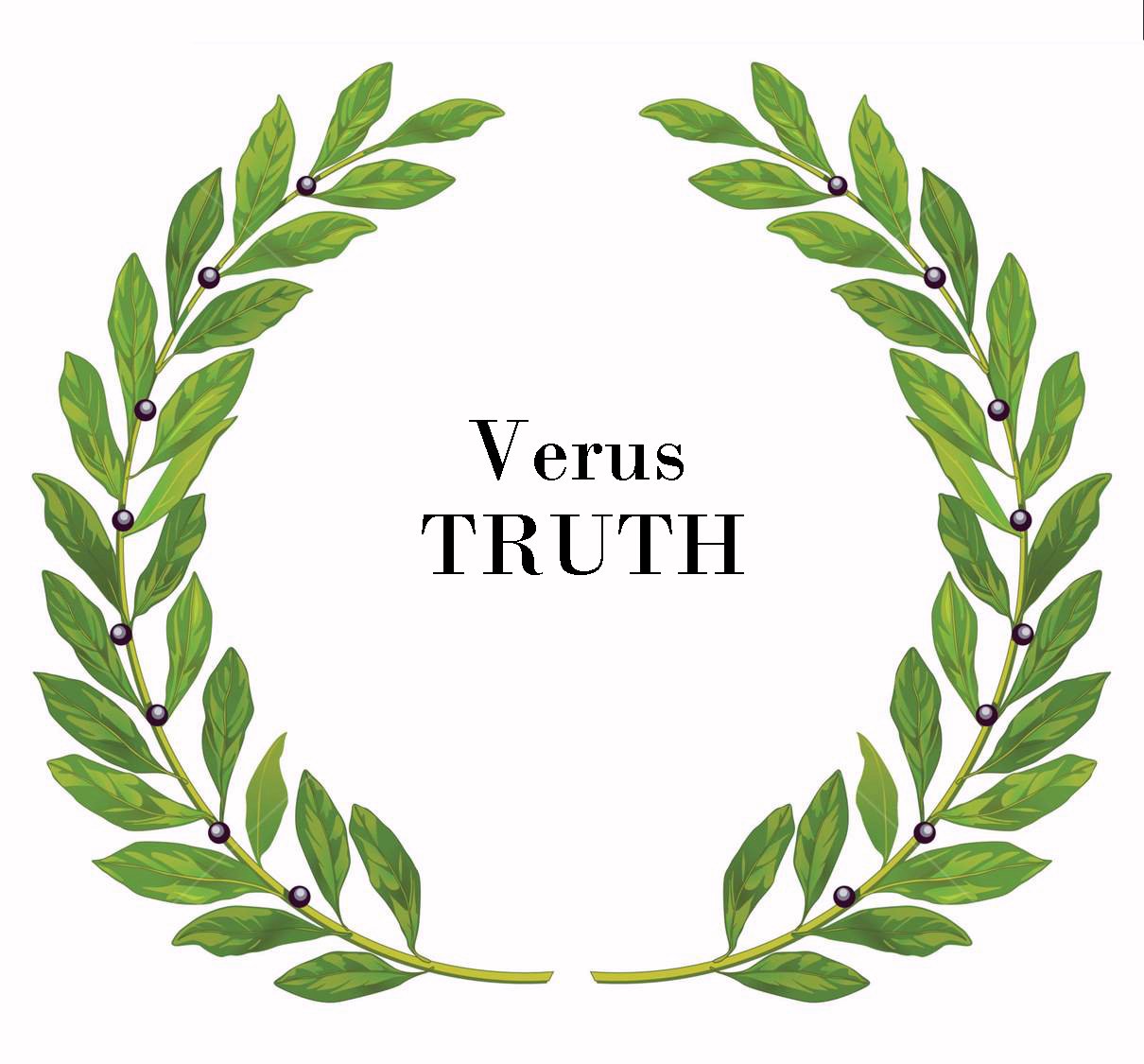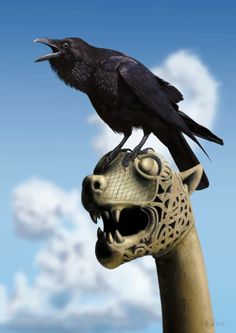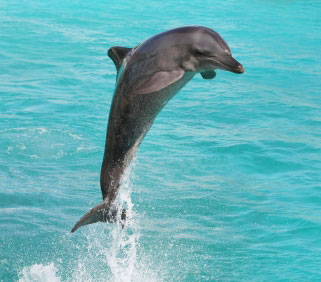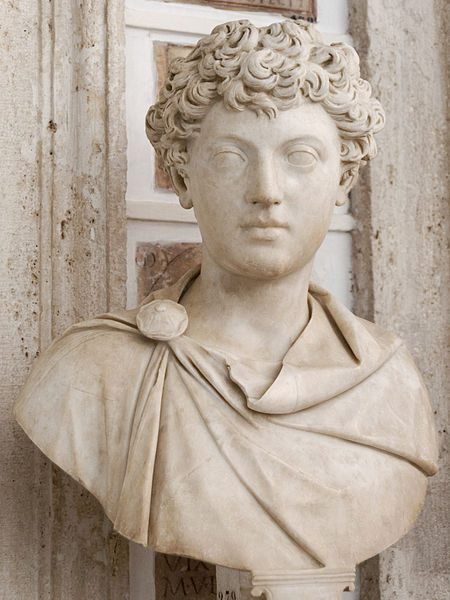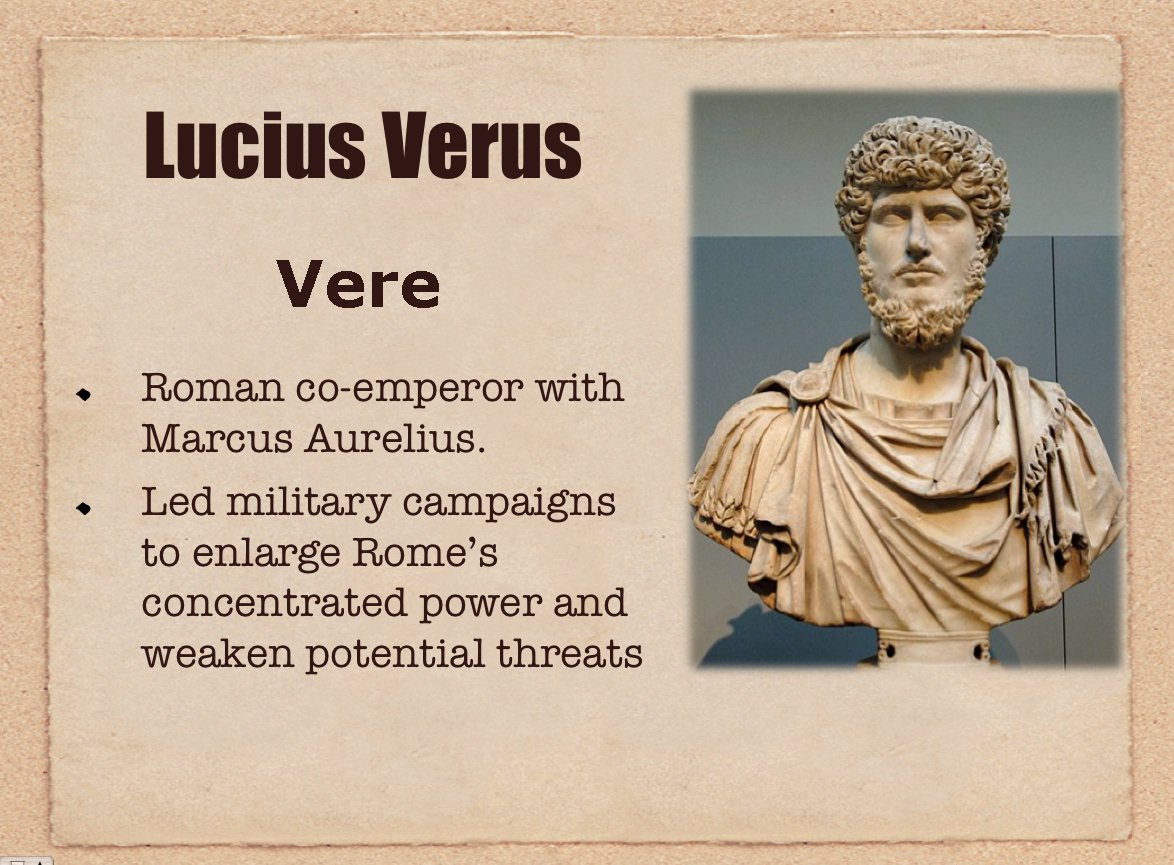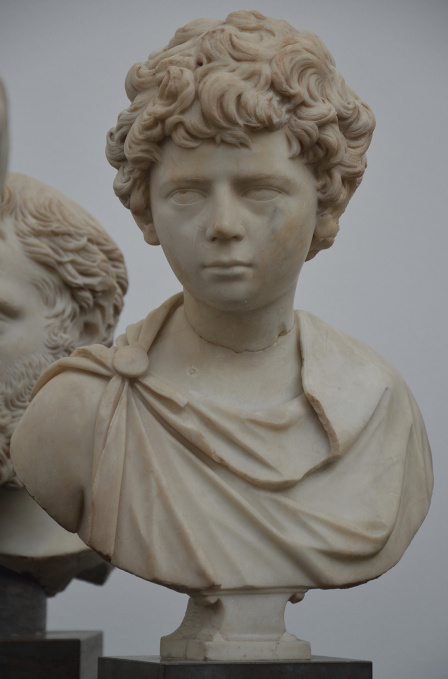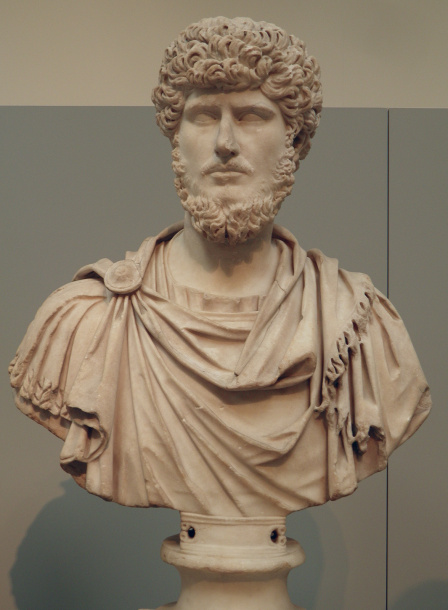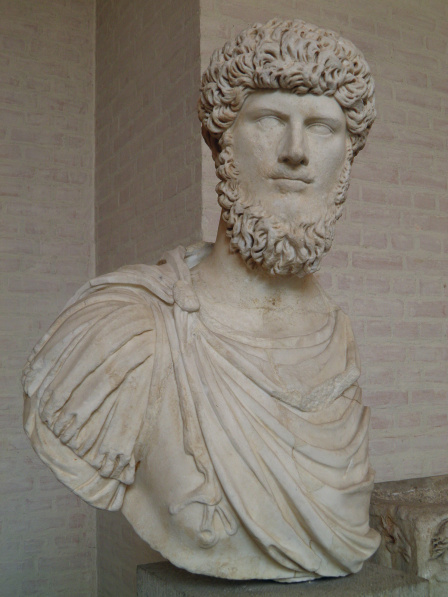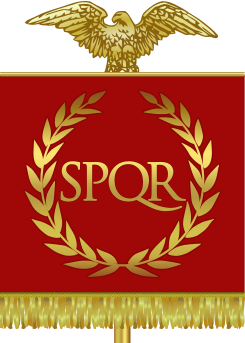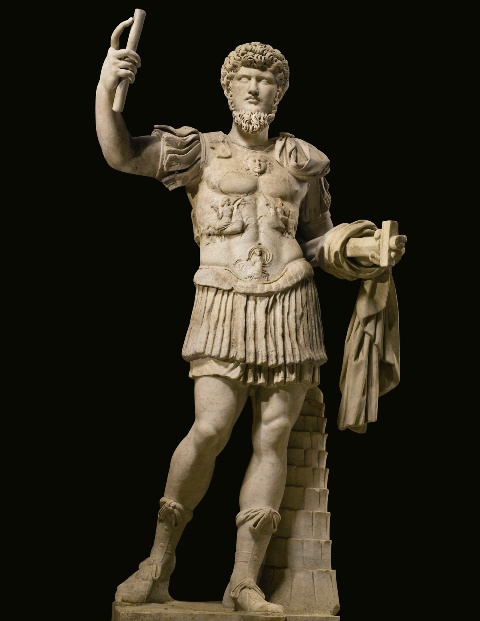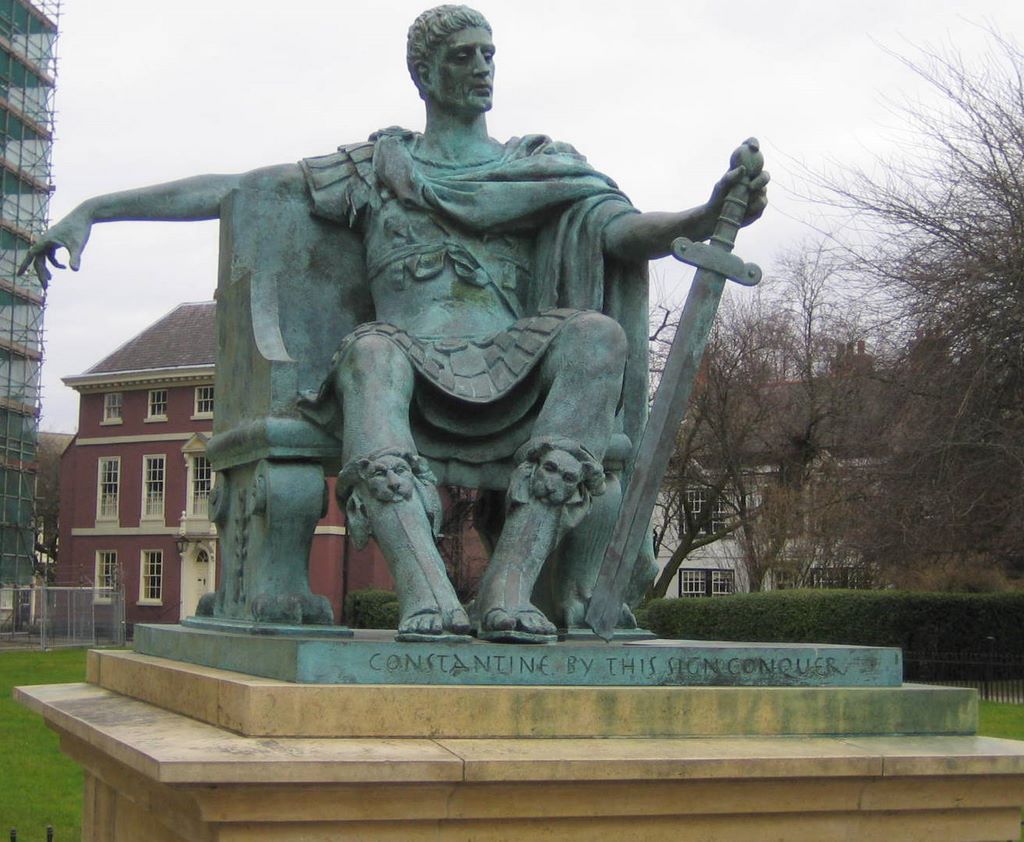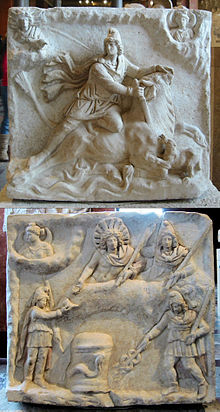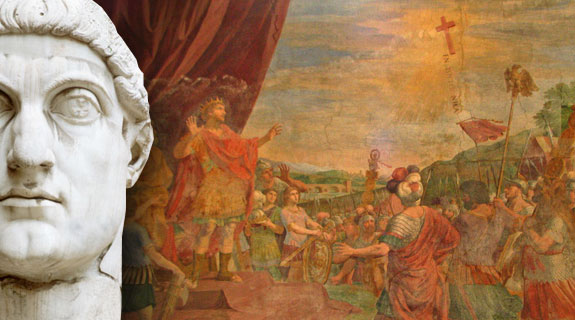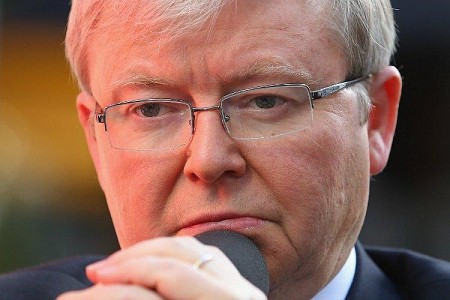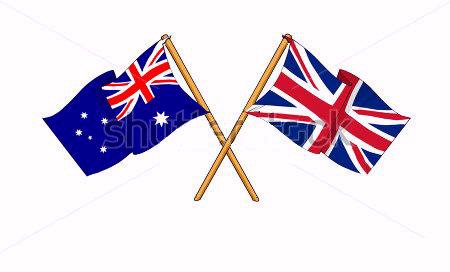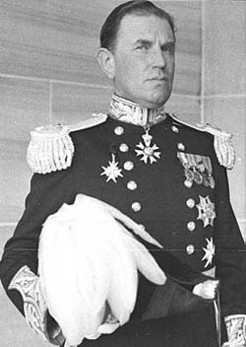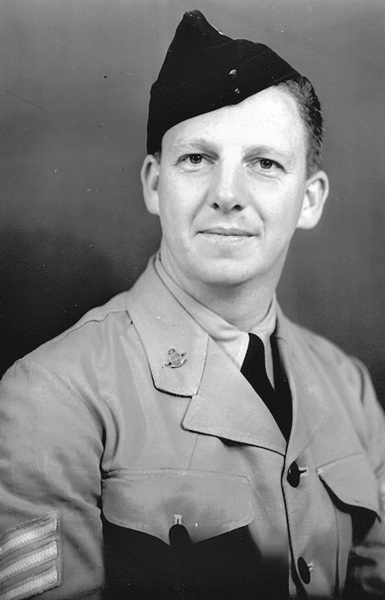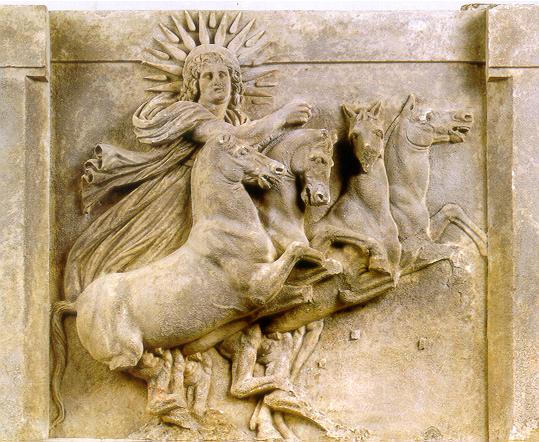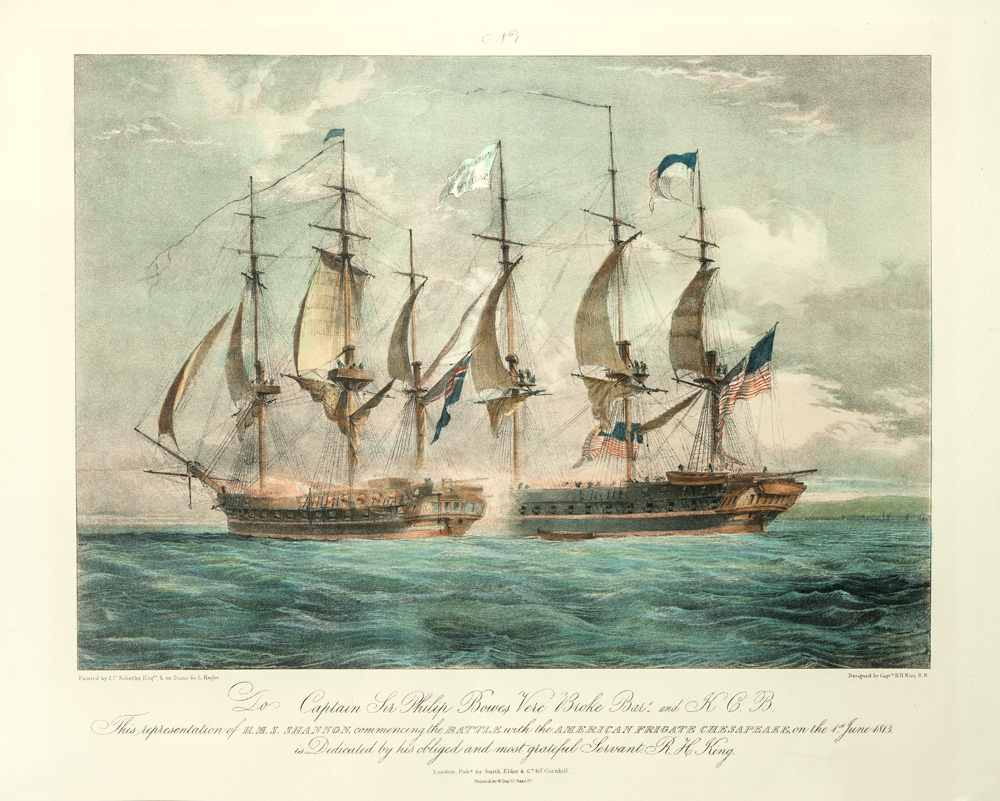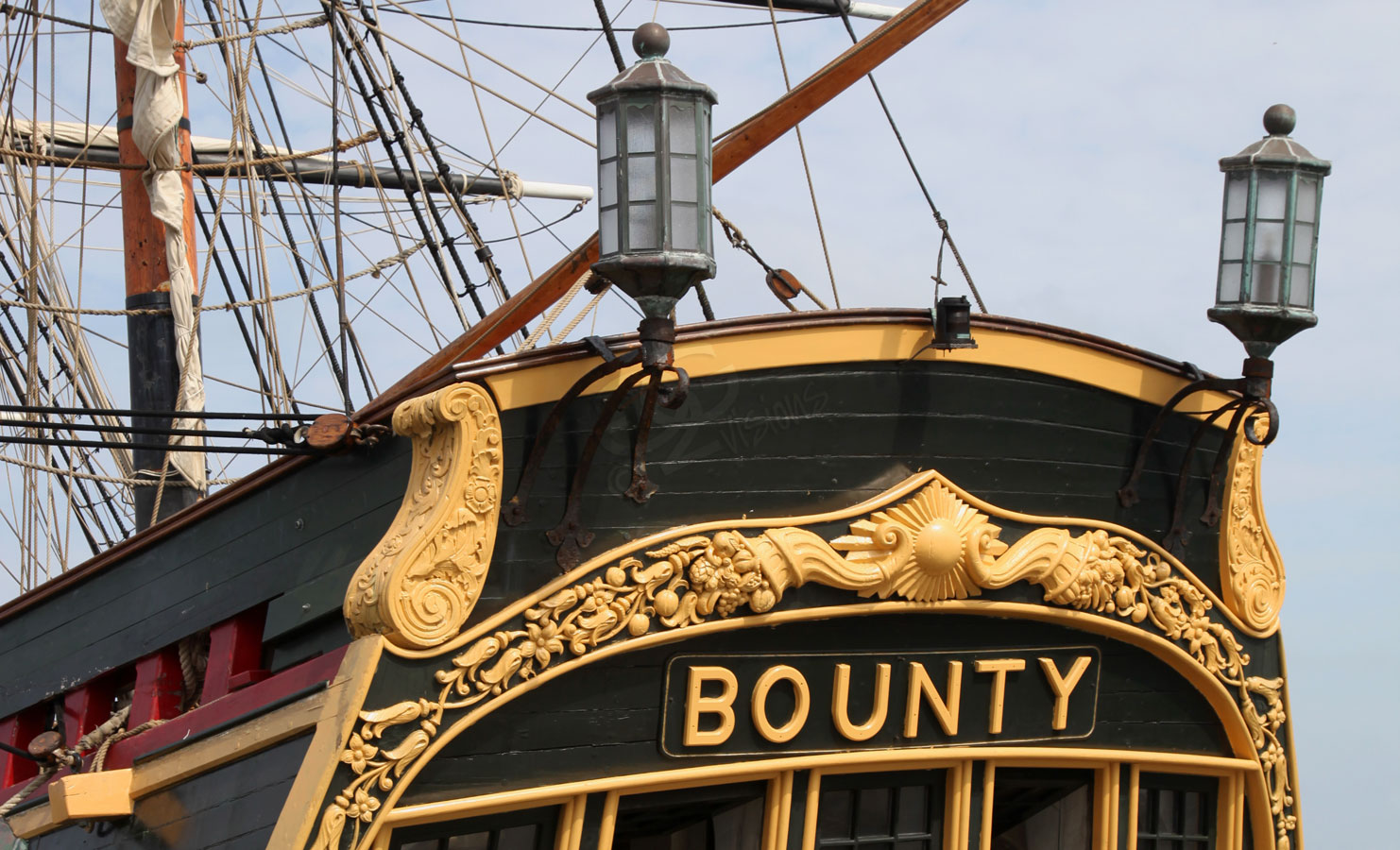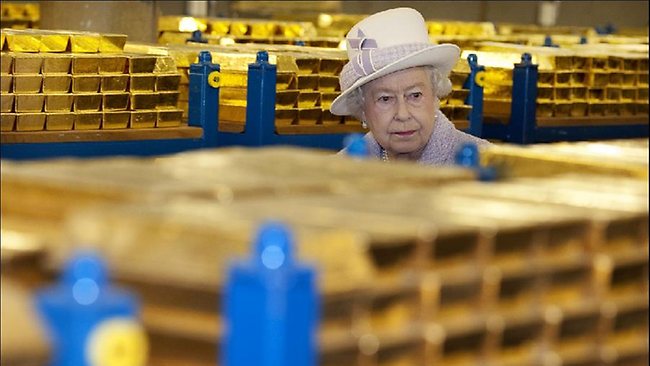Duke of Ireland
Robert de Vere, Duke of Ireland, Marquess of Dublin, and 9th Earl of Oxford KG
(16 January 1362 – 22 November 1392) was a favourite and court companion of King Richard II of England..jpg)
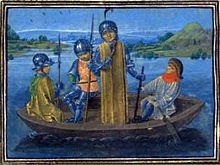 Robert de Vere was the only son of Thomas de Vere, 8th Earl of Oxford and Maud de Ufford. He succeeded his father as 9th Earl in 1371, and was created Marquess of Dublin in 1385. The next year he was created Duke of Ireland. He was thus the first marquess, and only the second non-princely duke (after Henry of Grosmont, 1st Duke of Lancaster in 1337), in England. King Richard's close friendship to de Vere was disagreeable to the political establishment. This displeasure was exacerbated by the earl's elevation to the new title of Duke of Ireland in 1386.[2] His relationship with King Richard was very close and rumored by Thomas Walsingham to be homosexual. Robert de Vere was the only son of Thomas de Vere, 8th Earl of Oxford and Maud de Ufford. He succeeded his father as 9th Earl in 1371, and was created Marquess of Dublin in 1385. The next year he was created Duke of Ireland. He was thus the first marquess, and only the second non-princely duke (after Henry of Grosmont, 1st Duke of Lancaster in 1337), in England. King Richard's close friendship to de Vere was disagreeable to the political establishment. This displeasure was exacerbated by the earl's elevation to the new title of Duke of Ireland in 1386.[2] His relationship with King Richard was very close and rumored by Thomas Walsingham to be homosexual.
Robert, Duke of Ireland, was married to Philippa de Coucy, the King's first cousin (her mother had been the sister of the King's father, Edward, the Black Prince), and also had an affair with Agnes de Launcekrona, a Czech lady-in-waiting of Richard's Queen, Anne of Bohemia. In 1387, the couple were separated and eventually divorced; Ireland took Launcekrona as his second wife.
Robert de Vere, 9th Earl of Oxford, was defeated, settled the matter of ascendancy. In the Merciless Parliament of 1388 five lords accused the king’s friends of treason under an expansive definition of the crime
Washington Post Dec 19, 1904
The name of de Vere occupies so much of the attention of the American public in connection with the amazing frauds of Mrs. Chadwick that it may be as well to mention that there is no relation whatsoever between her and old Sir Stephen de Vere, who has just died in Ireland at Foynes Island, his place in County Limerick, at the age of nearly ninety-four. Sir Stephen, an elder brother of the Irish poet Aubrey de Vere, was for near half a century one of the most prominent figures in Irish life and politics, and it is the experience which he acquired on a voyage to this country in connection with the Irish famine of 1847 that caused him to start the agitation which resulted in effective legislation against those sinister engines of destruction, the so-called "coffin-ships." Sir Stephen and his brother, the late Aubrey de Vere were such courtly old fellows and personified to so great a degree everything that was patrician, thatit is somewhat a shock to learn that the so aristocratic name of de Vere came to them by adoption rather than by direct inheritance.
The family was founded by one of Cromwell's soldiers in Ireland of the name of Hunt, who married Jane de Vere, granddaughter of the Earl of Oxford, and a member of the noble English House of de Vere, long since extinct (by unclaimed), of which Lord Oxford was the chief. It was one of the descendants of this Cromwellian soldier and of Jane de Vere, who, on marrying the sister of the first Lord Limerick, dropped the name of Hunt and re assumed that of his de Vere ancestress, being subsequently created a baronet, and it is his grandson, the fourth baronet, who has just died, without issue, the baronetcy becoming extinct, the estates passing, however, to his grandnephew, Aubrey O'Brien, who will probably now in turn reassume the name of de Vere.
MARQUISE DE FONTENOY.
This family were descended from Vere Hunt, a Cromwellian soldier who was granted land in county Limerick and at Glangoole, county Tipperary in the mid 17th century. John Hunt of Glangoul purchased 177 acres in the barony of Kenry, county Limerick in 1703. In 1784 a descendant also named Vere Hunt was created a baronet. The 1st Baronet married Elinor Pery, sister of the 1st Earl of Limerick. Their son Sir Aubrey re-assumed in 1832 the surname of De Vere only.
He wrote poems, developed the estate and married Mary Rice of Mount Trenchard, county Limerick. They had five sons, none of whom left male heirs so Currah Chase passed to the descendants of their daughter Elinor who married Robert O'Brien. Robert Stephen Vere O'Brien the O'Brien's grandson succeeded to Currah Chase in 1898 and reassumed the name De Vere in 1899
In the 1870s the De Vere estate was comprised of over 4,000 acres in county Limerick. In the mid 19th century the De Vere estate was mainly in the parishes of Kilcornan and Adare, barony of Kenry and Kilmeedy, barony of Connello Upper, county Limerick and in the parishes of Kilcooly and Fennor, barony of Slievardagh, county Tipperary.
The agent in the early 1840s was Stephen Edward De Vere. The Hollypark demesne was advertised for sale in December 1854, Catherine Taylor, widow, was the petitioner. The county Tipperary property, comprised of over 6,000 acres and including coal mines at Glangoole, was advertised for sale in June 1855. This sale rental is annotated with the names of some of the purchasers.
Hunt (Limerick & Tipperary) - Burke's ''Landed Gentry of Ireland'' (1904) states that Henry Hunt obtained Friarstown, county Limerick, from Henry Ingoldsby of Cartown [Carton, county Kildare] in April 1730. His third son, another Henry Hunt, lived at Clorane, Kildimo, county Limerick. From his eldest son, Vere, descend the Hunts of Friarstown. The Ordnance Survey Name Books record Vere Hunt holding Friarstown North on a lease renewable for ever from the Reverend Richard Maunsell of Drehidtrasna, Adare. In the 1870s John T.U. Hunt of Friarstown owned 730 acres in county Limerick. Junior branches of the Hunt family of Friarstown, county Limerick, descend from the Reverend John Hunt of High Park, county Tipperary and Thomas Hunt who married Dorothea Bloomfield of Redwood, county Tipperary in 1798. John and Thomas were younger sons of Vere Hunt of Friarstown. De Vere Hunt held at least 8 townlands in the parish of Toem at the time of Griffith's Valuation, while George and Robert Hunt also had estates in this parish. In November 1852 the estate of the trustees of the settlement of Vere Dawson White at Cappagh was advertised for sale in 7 lots. It included the dwelling house and demesne of Cappagh, John Dwyer tenant. In May 1868 the estate of Robert Langley Hunt at Prospect and Kyle, barony of Middlethird, county Tipperary was advertised for sale and in June 1883 his estate at Kyle was for sale again but there were no bids. Kyle was held on a fee farm grant of 1850 from Wray Palliser to Mathew Richard Millet. In the 1870s Vere Hunt of High Park owned 755 acres in county Tipperary. At the same time the representatives of Robert L. Hunt of Cooleney owned 655 acres, the representatives of George Hunt of Currahbridge owned 2,790 acres and F. Robert Hunt of Julian's Hall, Monkstown, owned 2,245 acres all in county Tipperary. The estate of Matthew de Vere Hunt at Huntsgrove, Gortnagowna, 257 acres in the barony of Upper Ormond, was advertised for sale in February 1871. He died in New Zealand. Parts of the estate of John Hunt at Shanballyduff, county Tipperary, were sold in the Landed Estates in November 1860. They were purchased by James Armstrong, in trust and by a Mr. Mason.
Cromwell soldier: John de Vere, Lieutenant R F A, born March 19, 1877. 2nd daughter, Eliza Rebecca died February 14, 1865.
3rd daughter, Ida Jane.
|
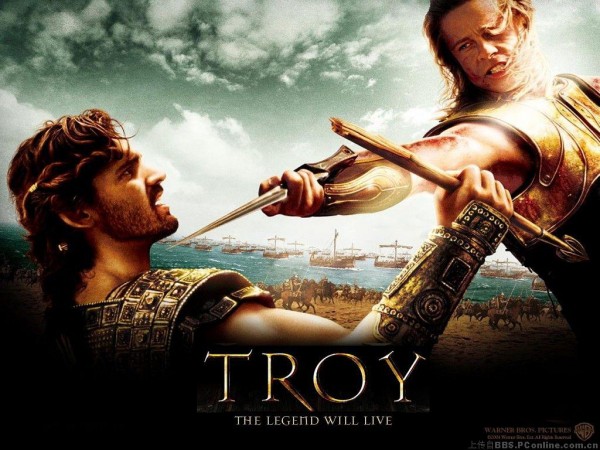
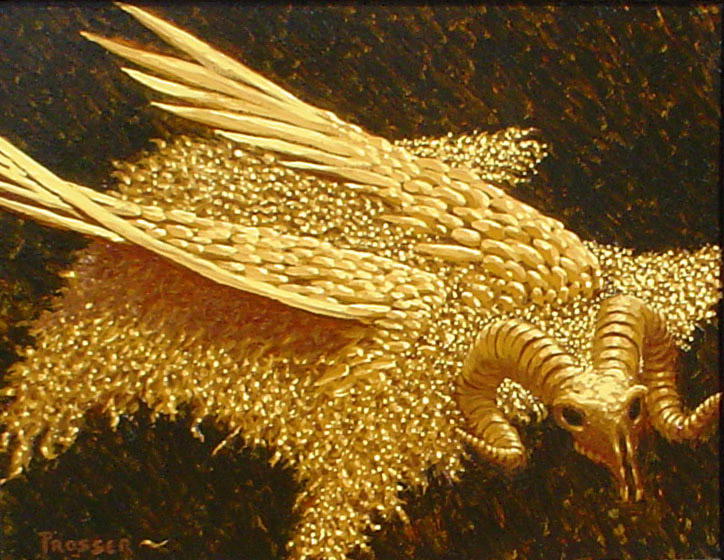
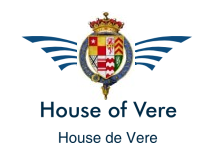
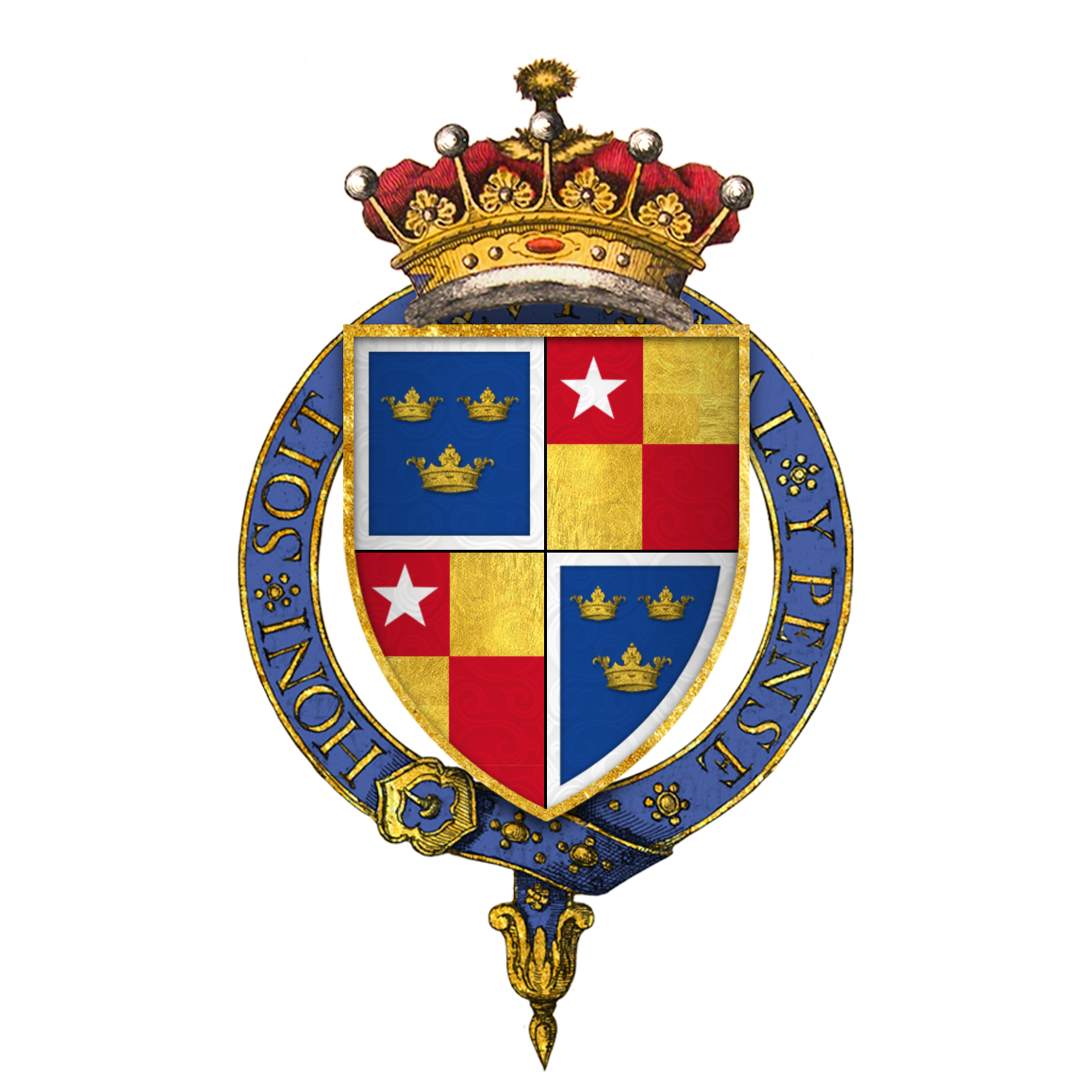

.svg.png)

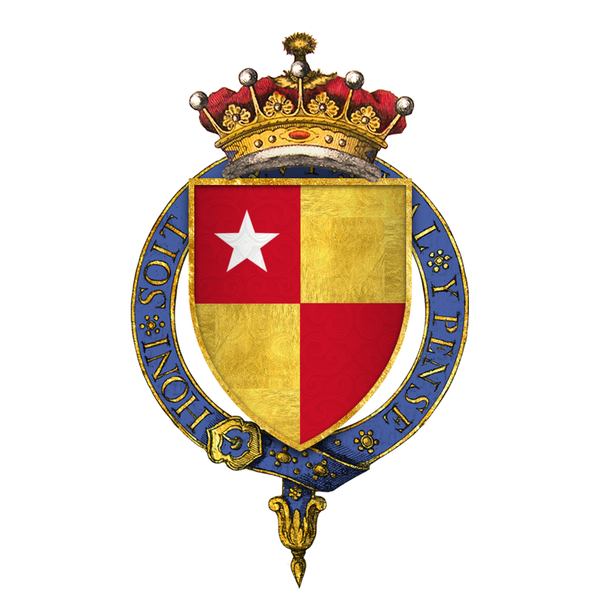
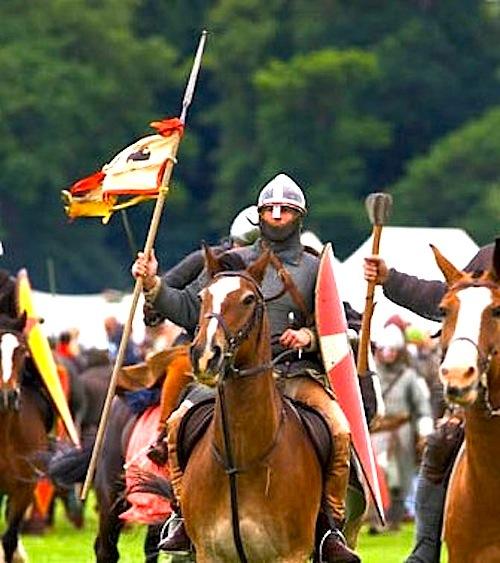
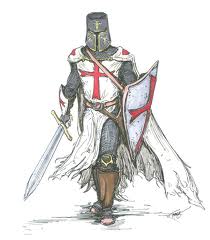


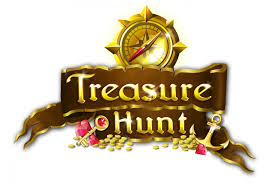
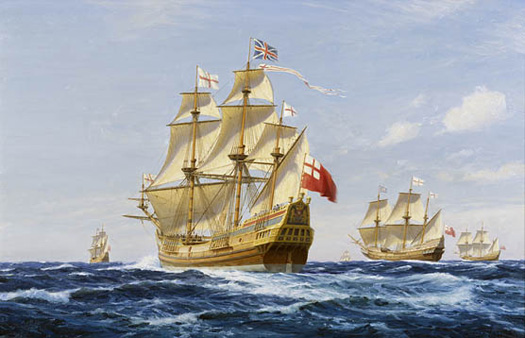


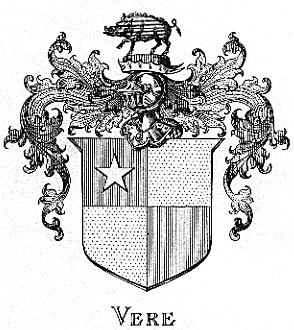

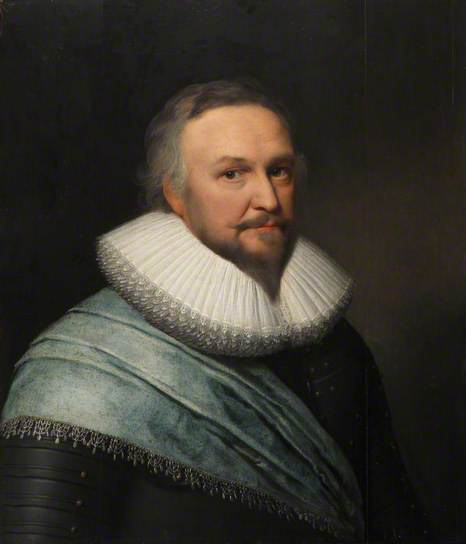
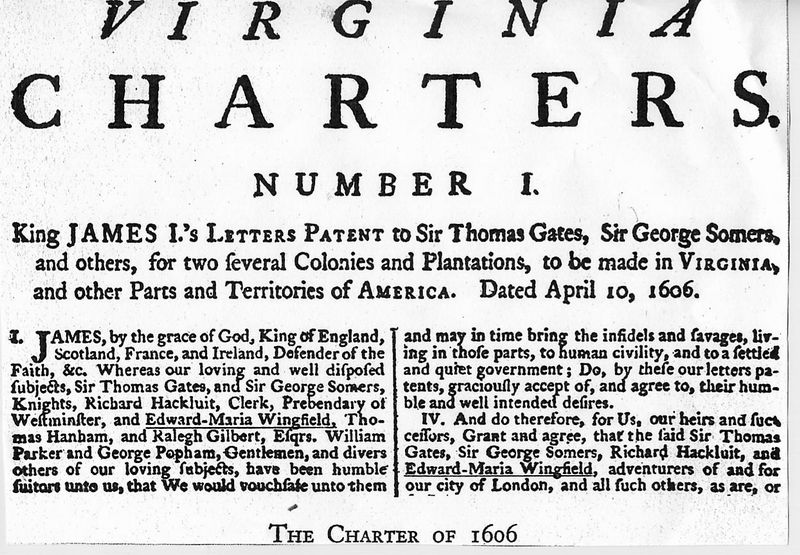
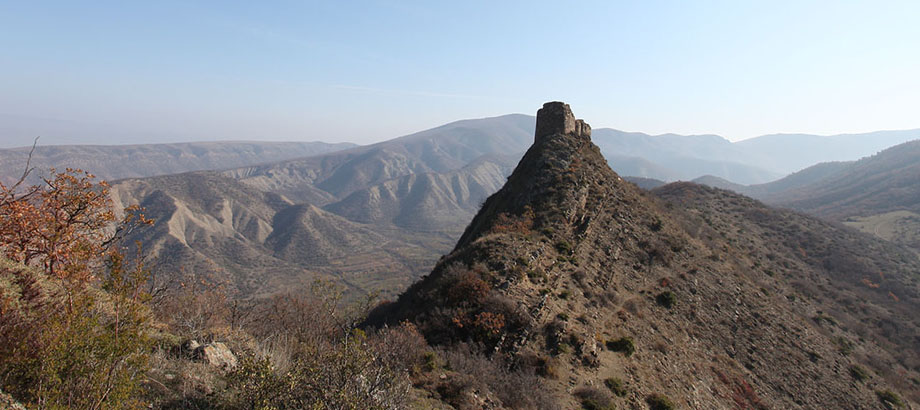
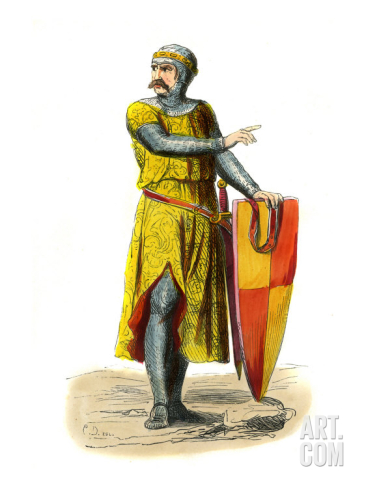


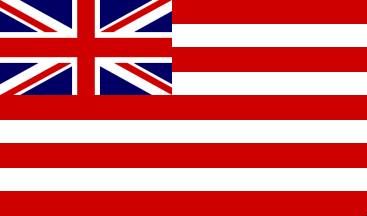

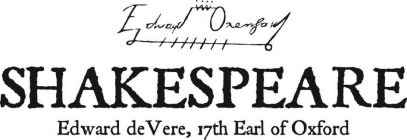
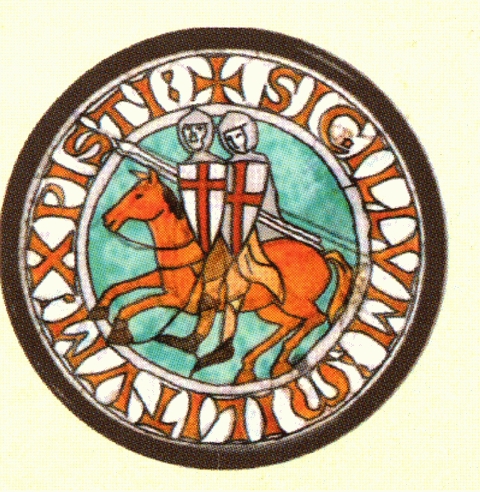
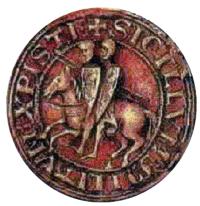
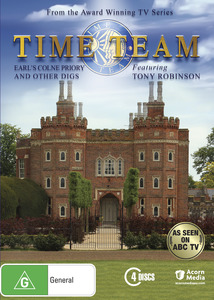
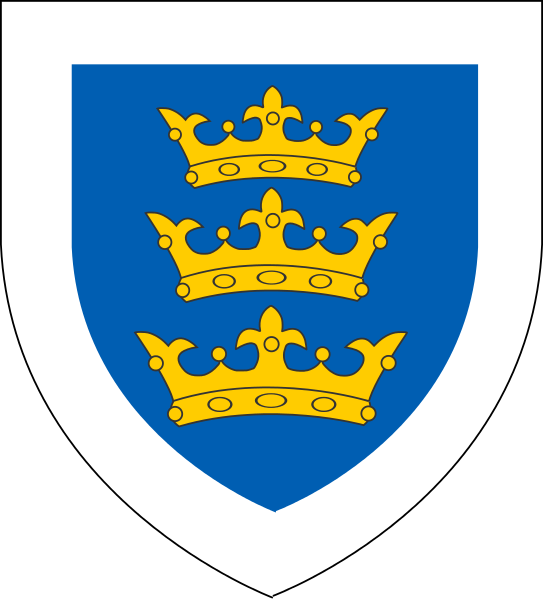
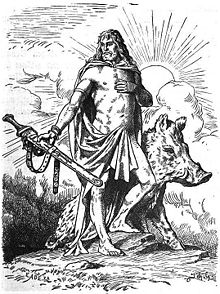
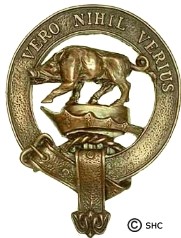



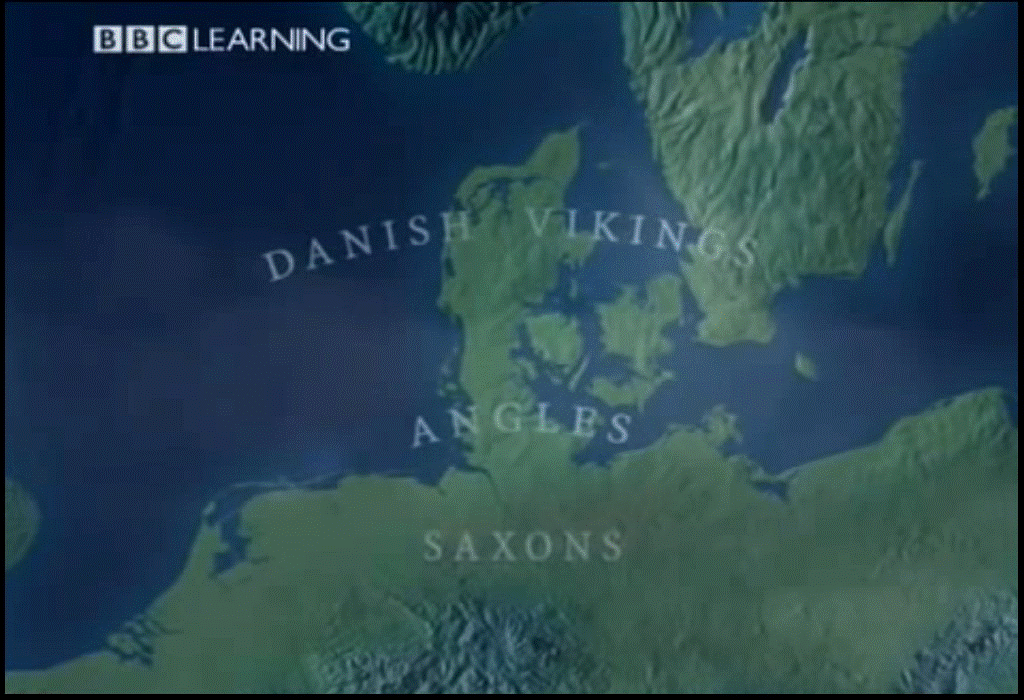
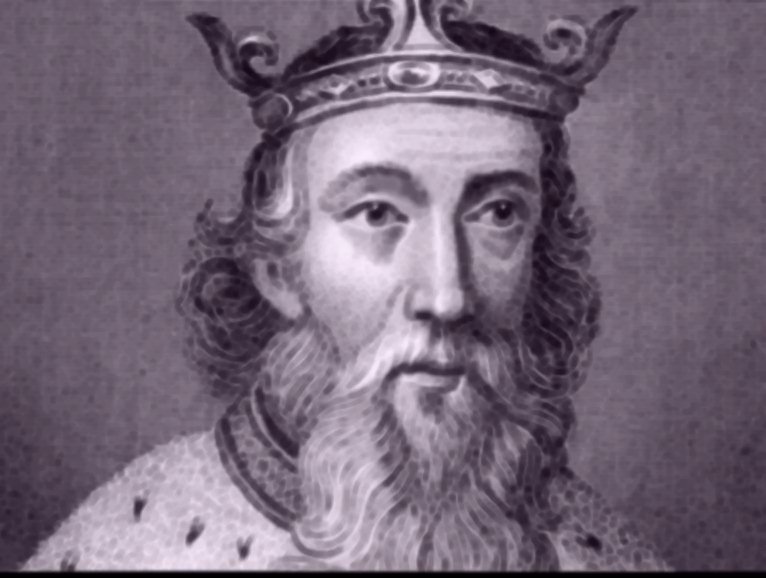 Those Vere's with the
Those Vere's with the 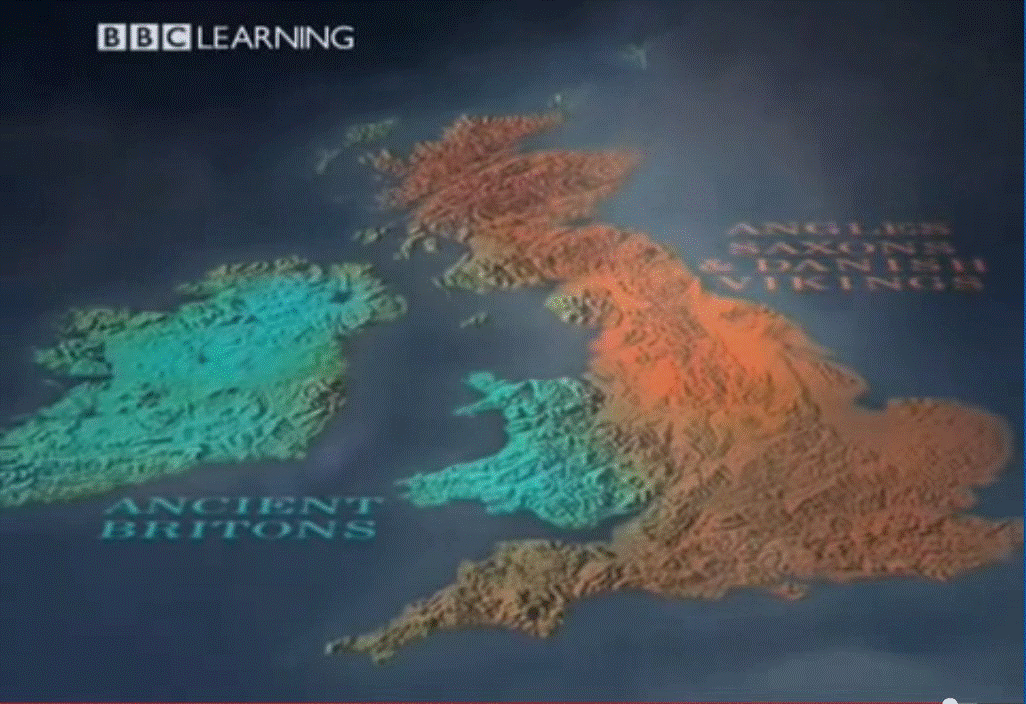
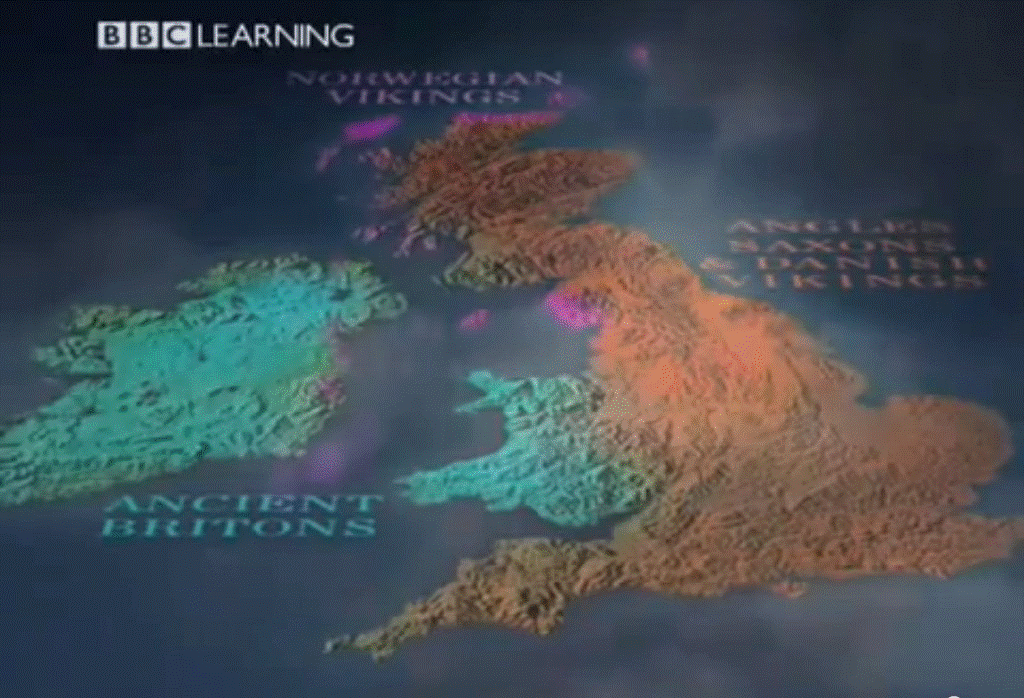
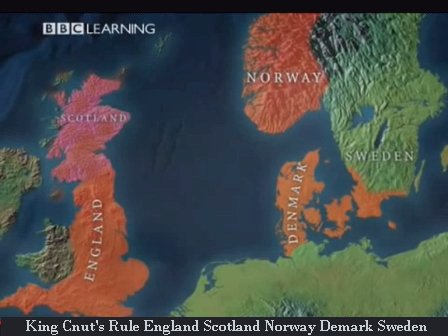
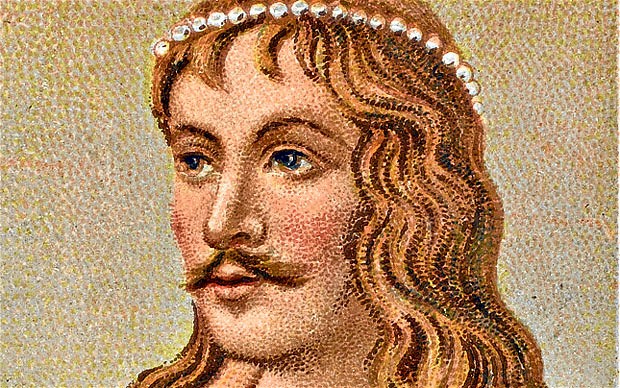
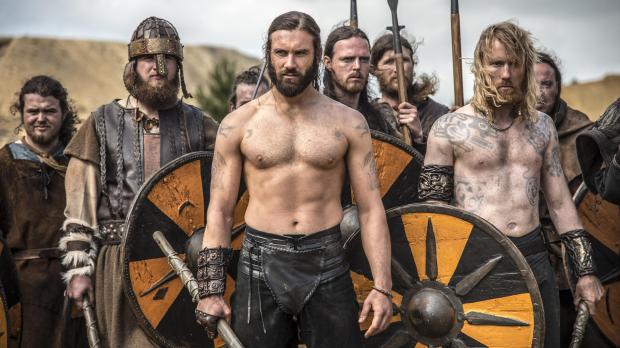
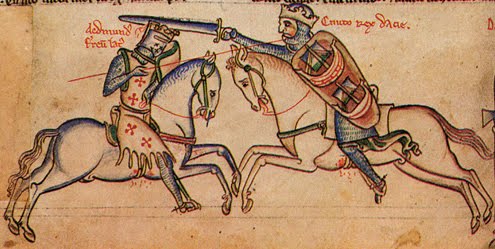
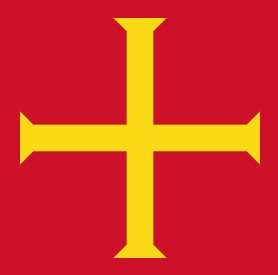

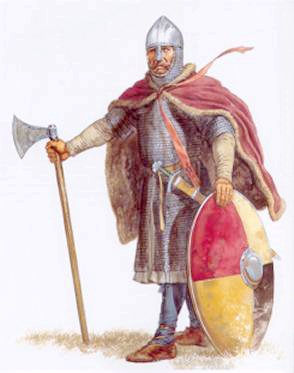
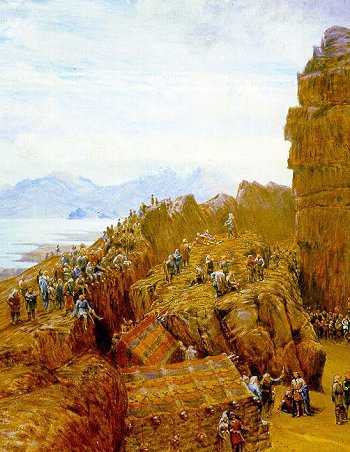


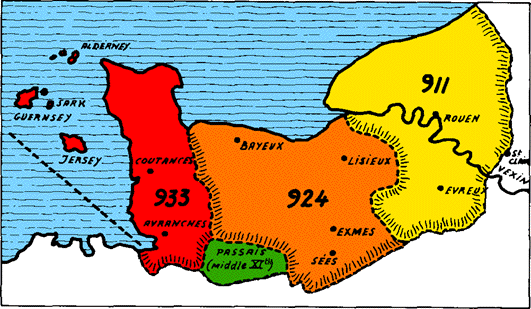
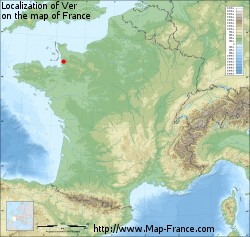
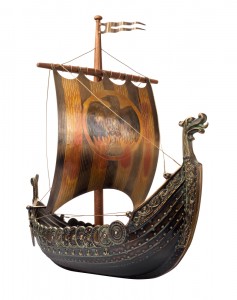
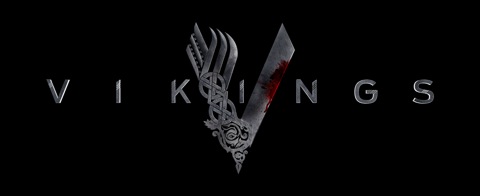
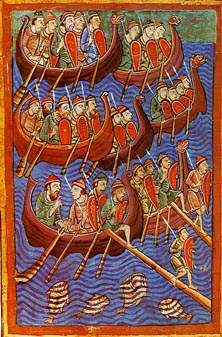
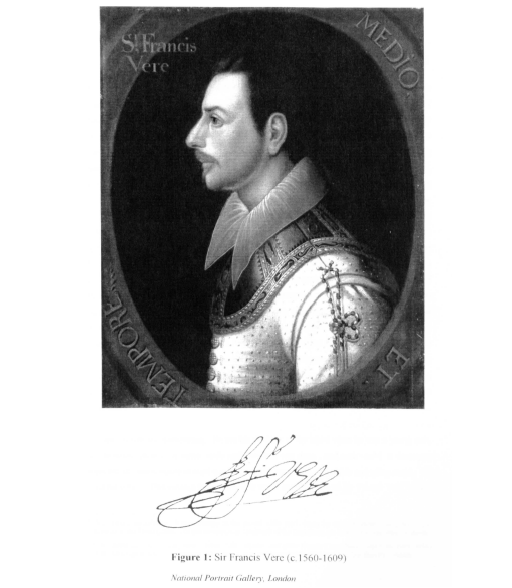
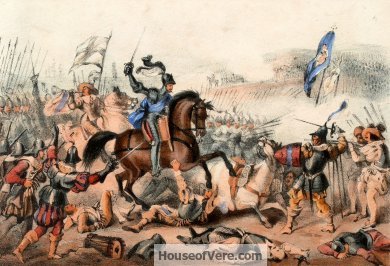
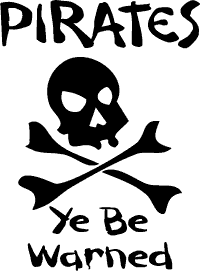

17thEO%20Earl%20Cousin.jpg)
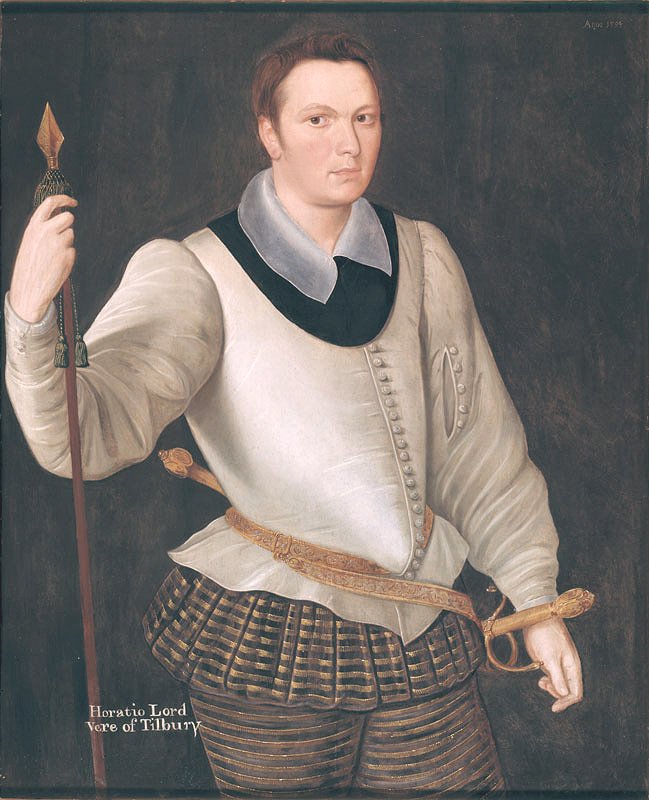
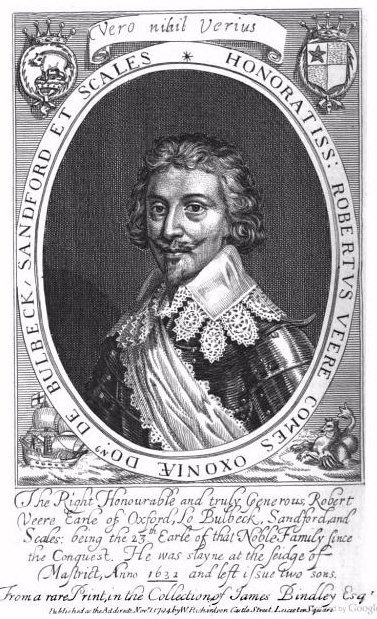
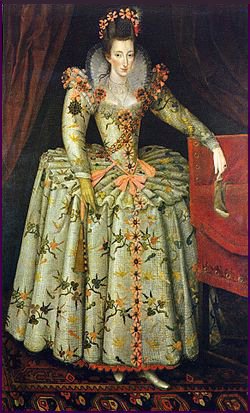
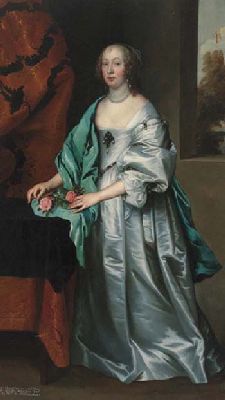
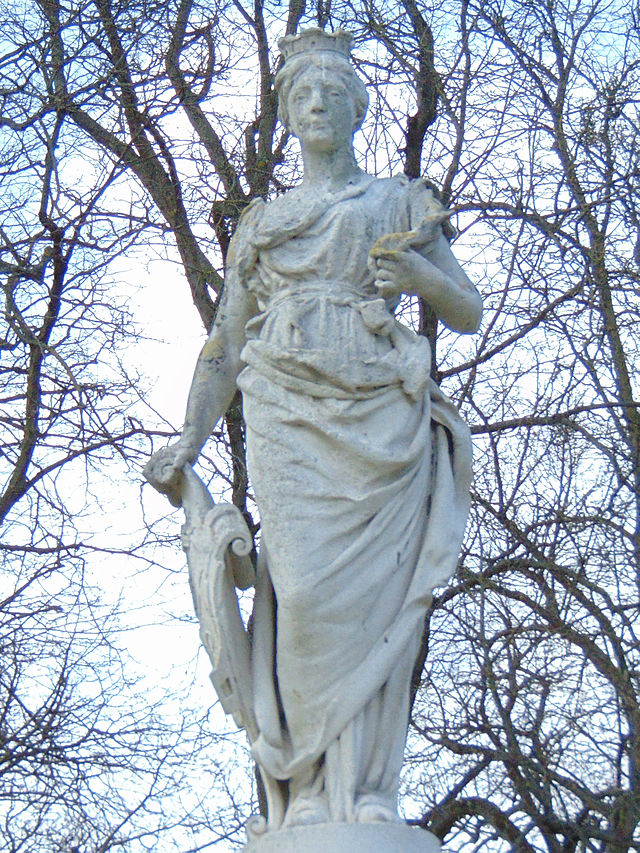
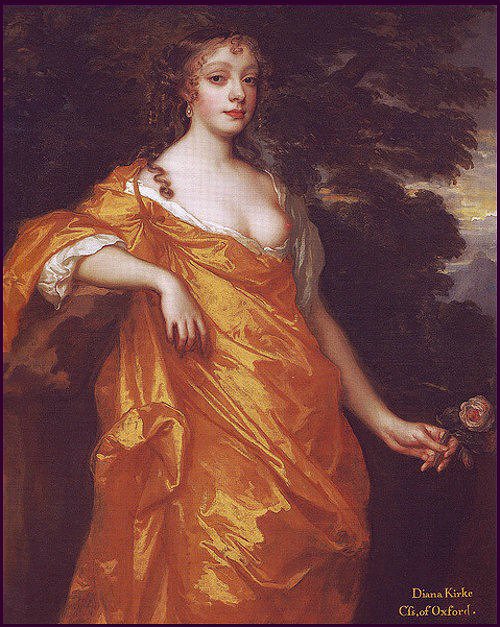
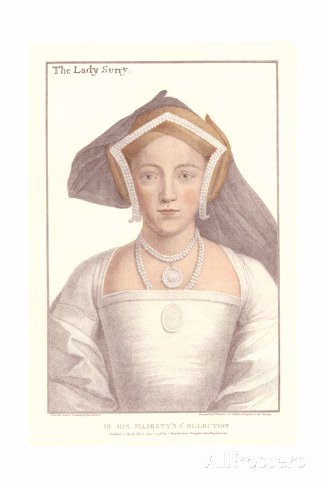
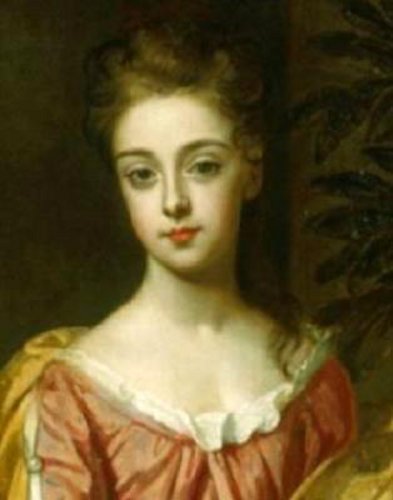

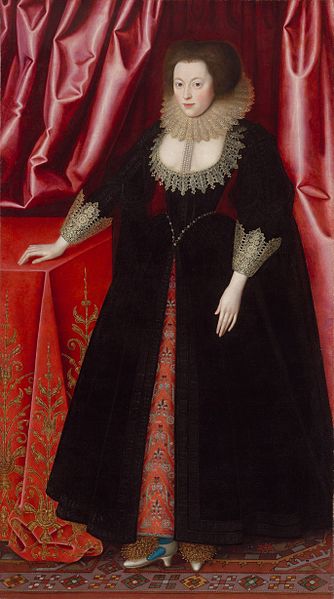
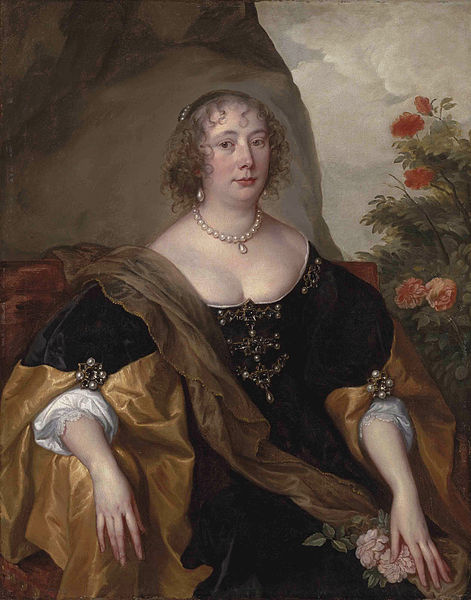
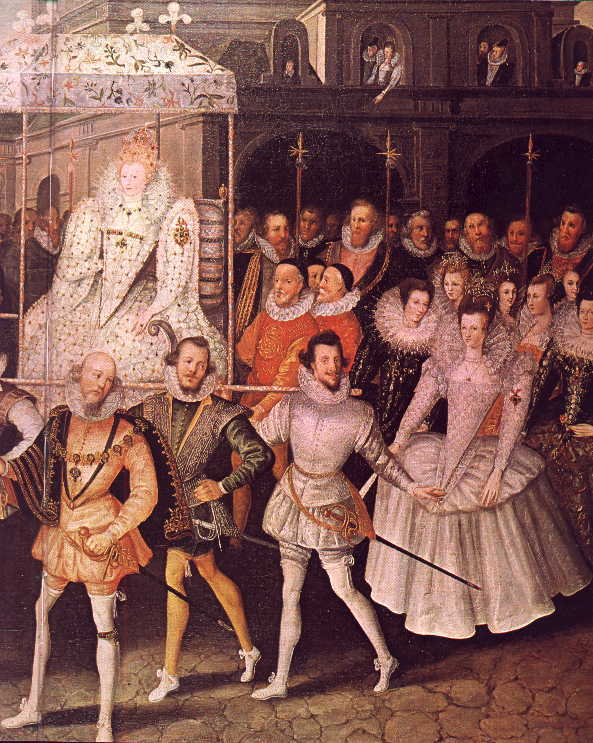
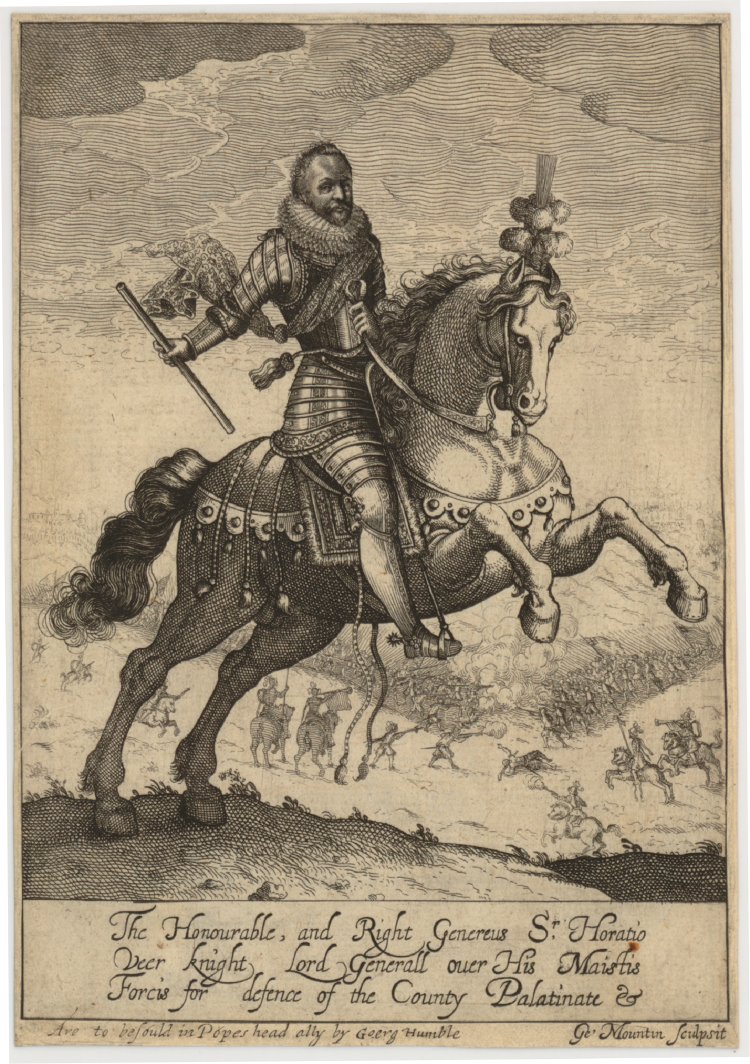
.jpg)
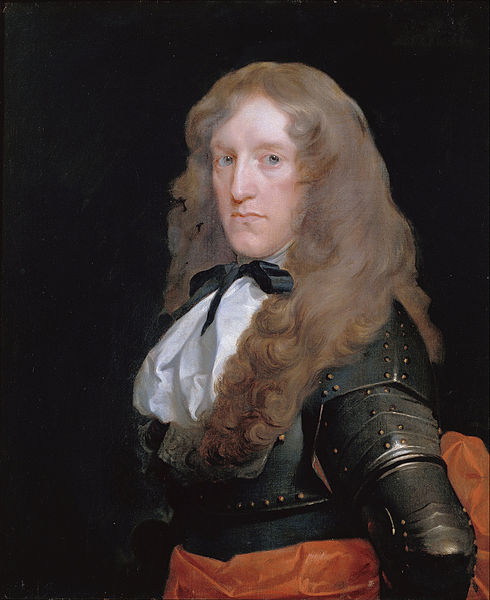
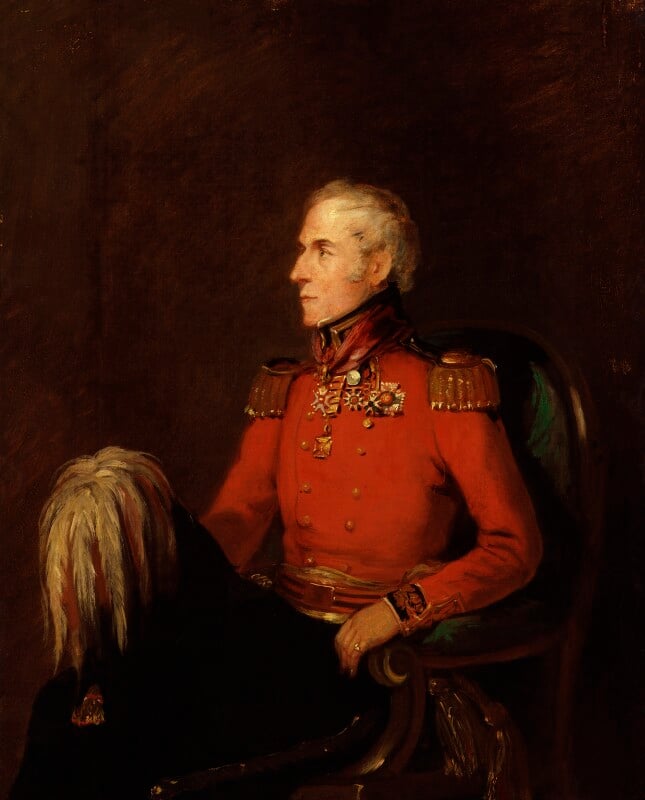
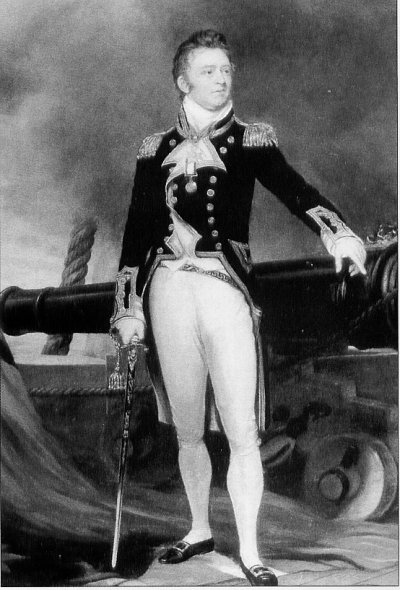
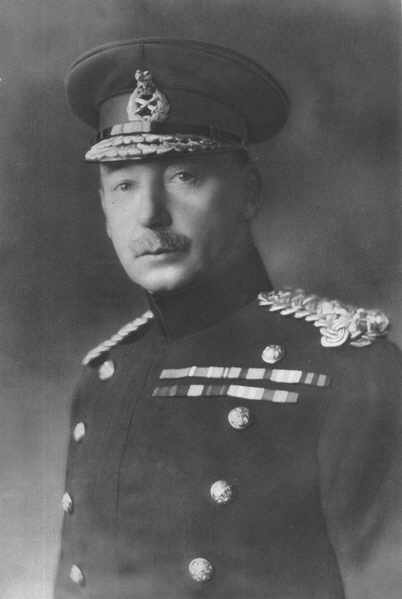

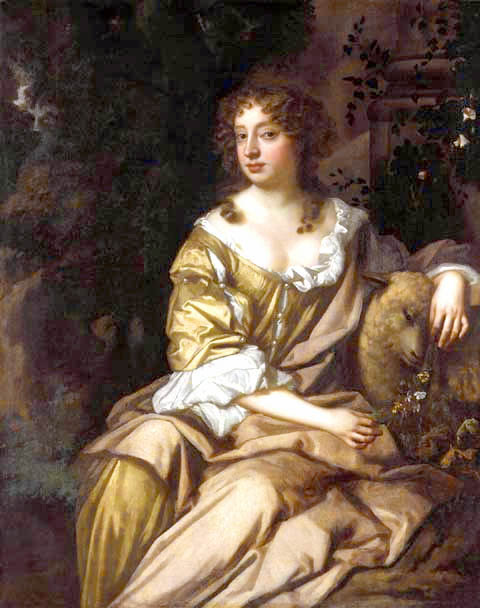
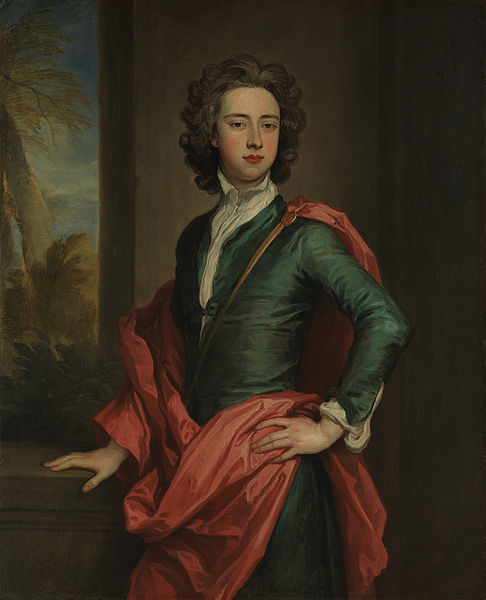

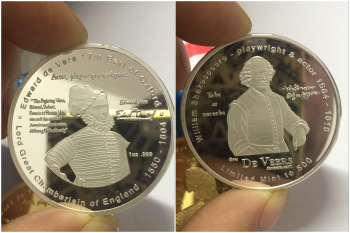
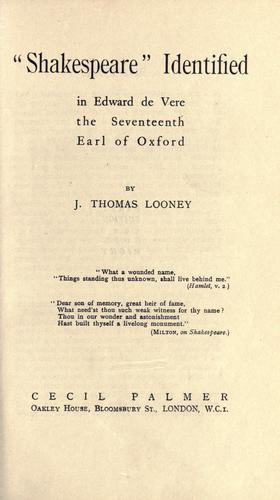
%20LtColonel%20.jpg)
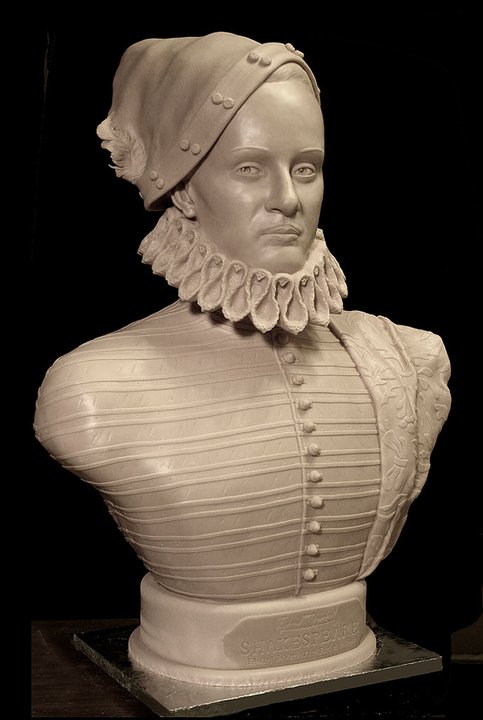

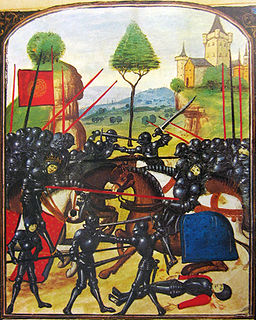
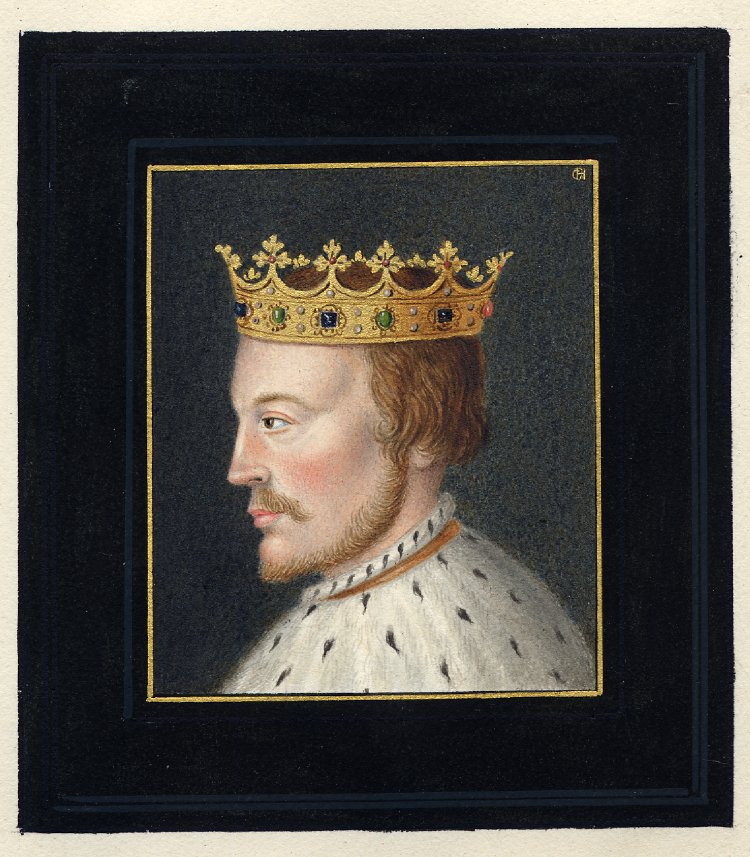
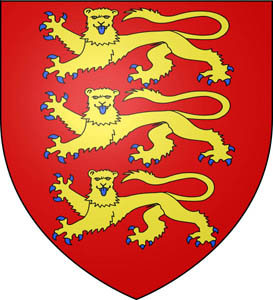
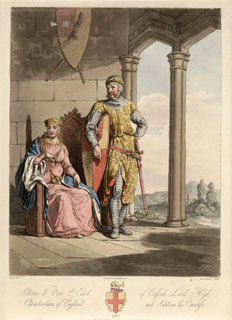
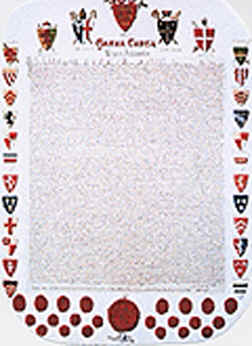
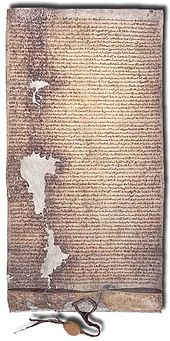
Surety_Robert_de_Vere_Flag.jpg)
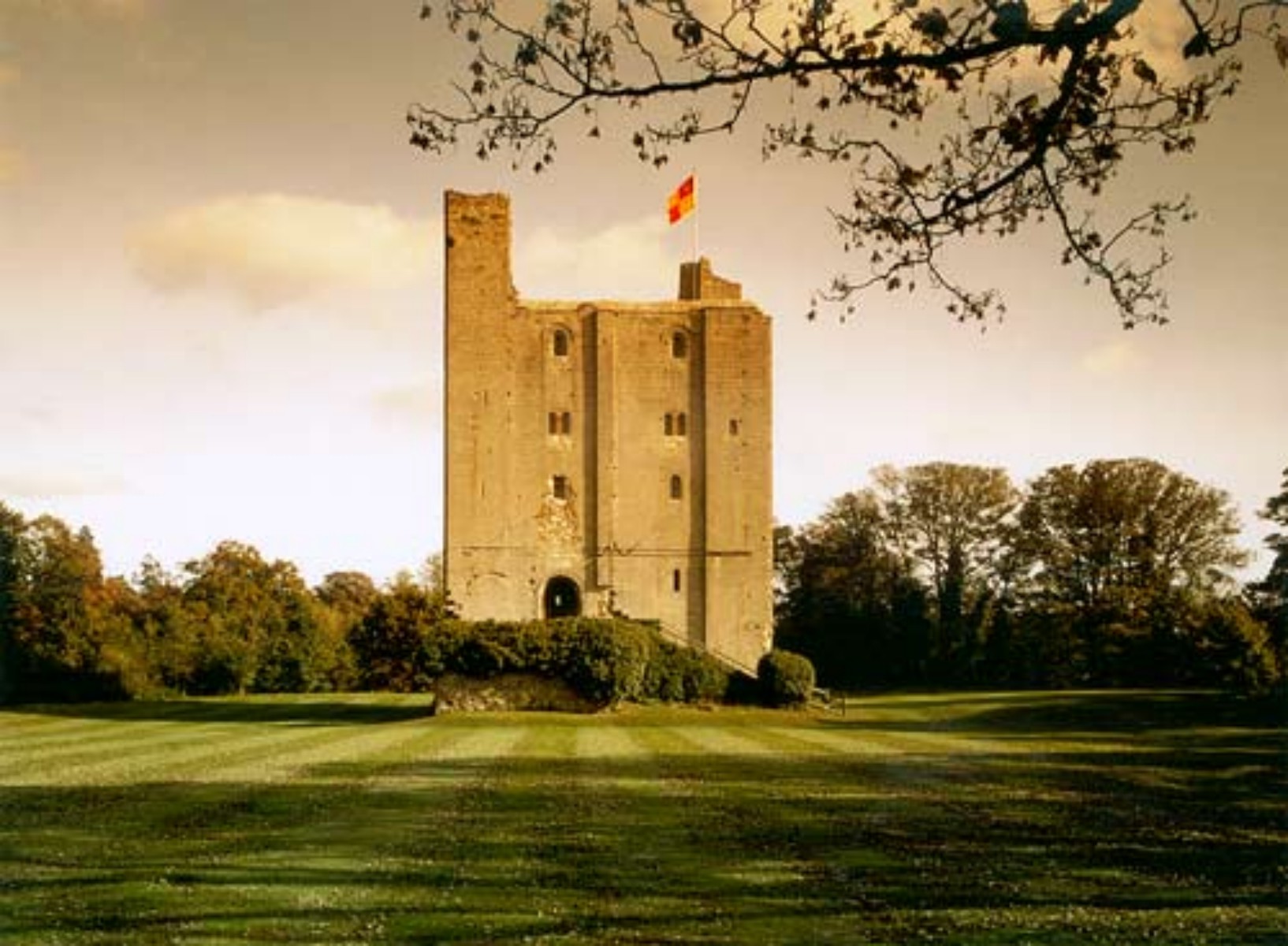
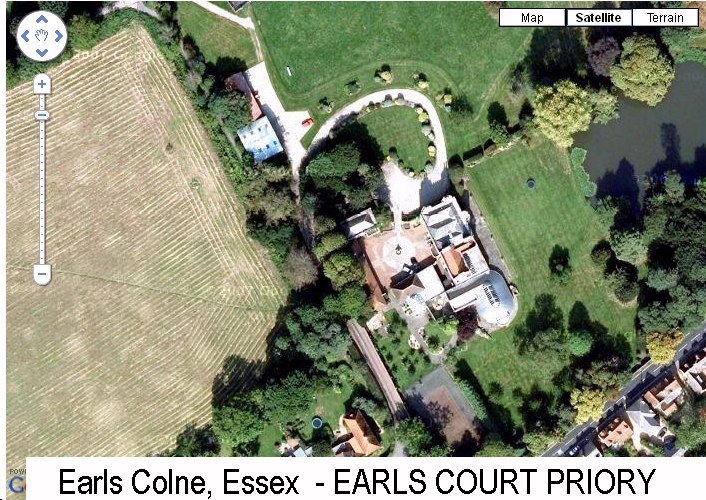
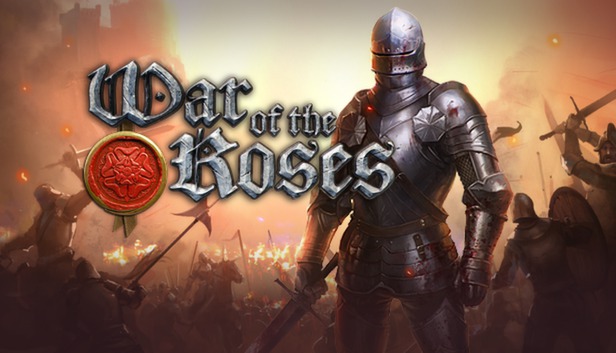

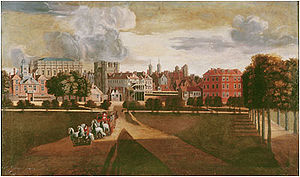
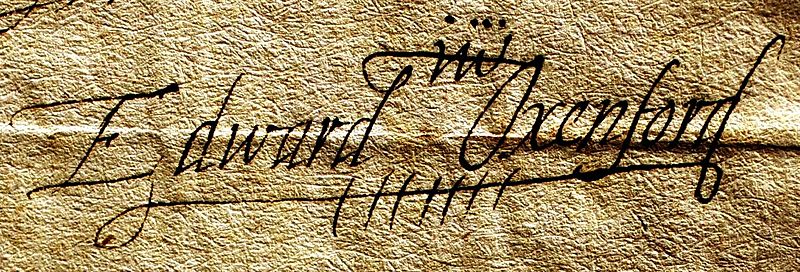
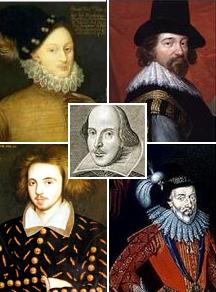

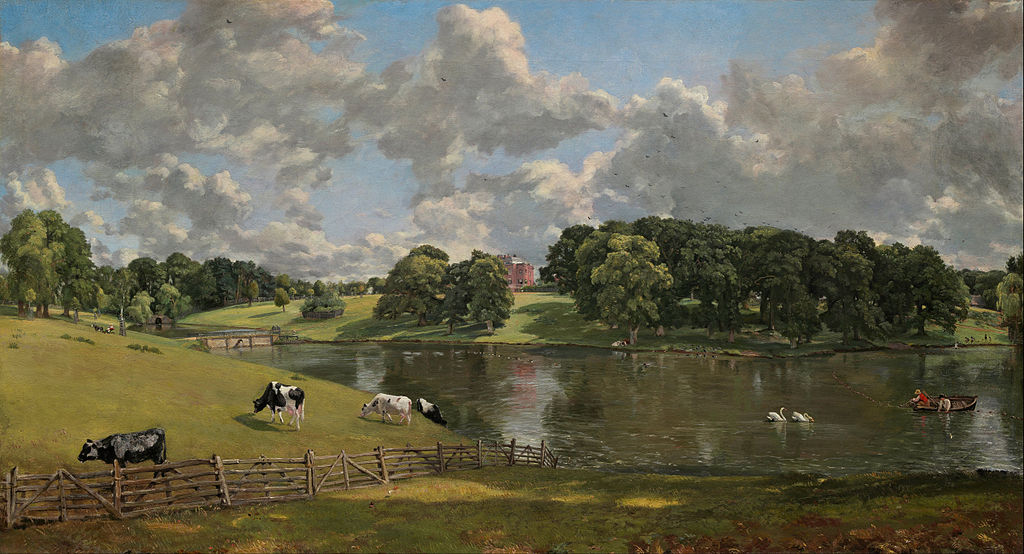
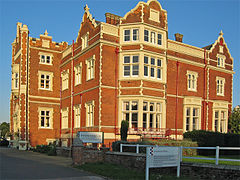
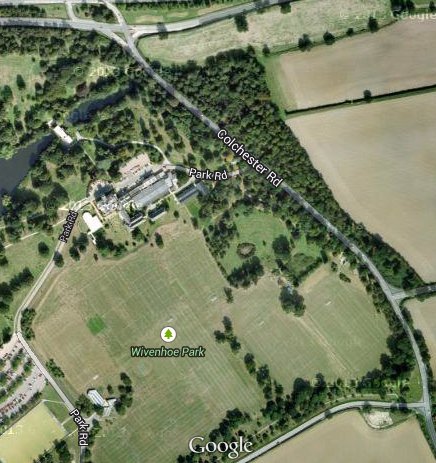
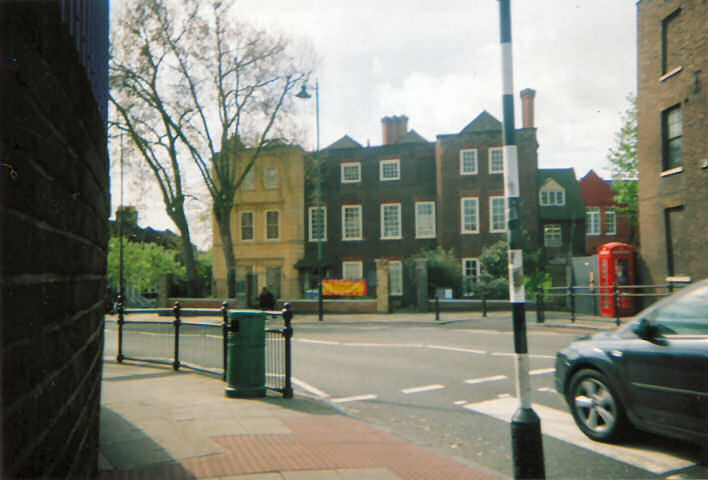
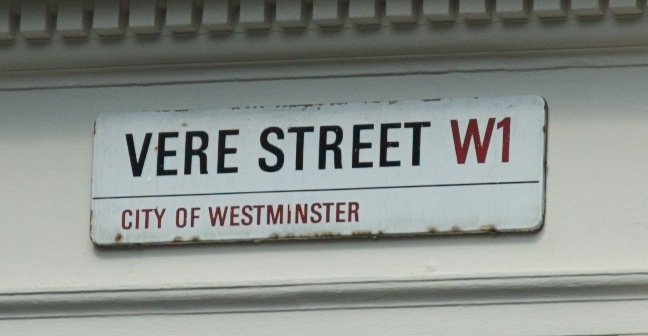
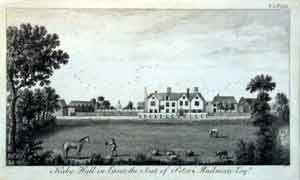

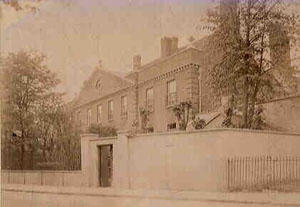
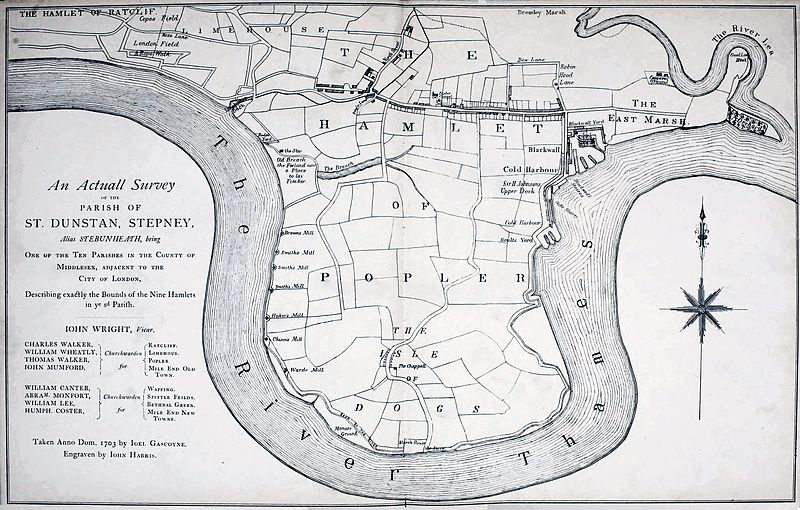
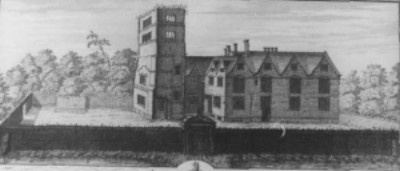
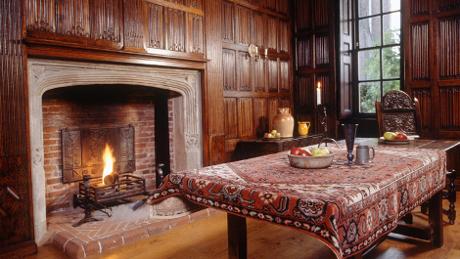
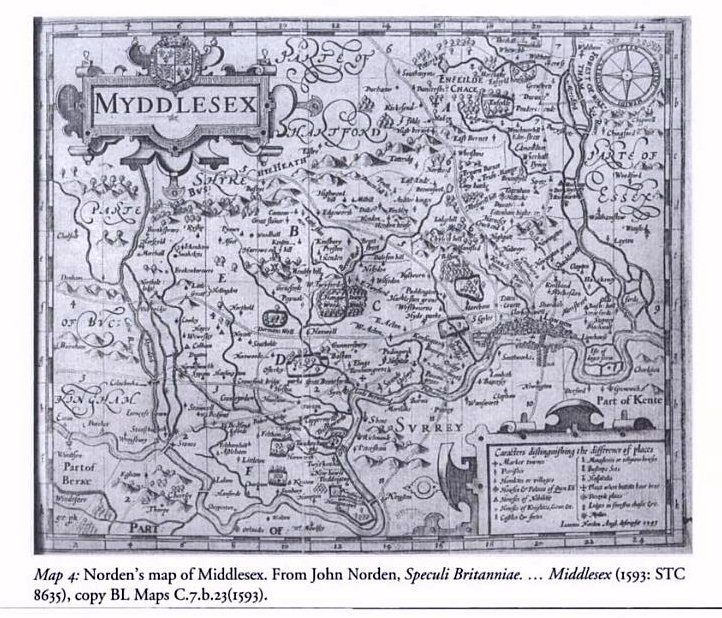
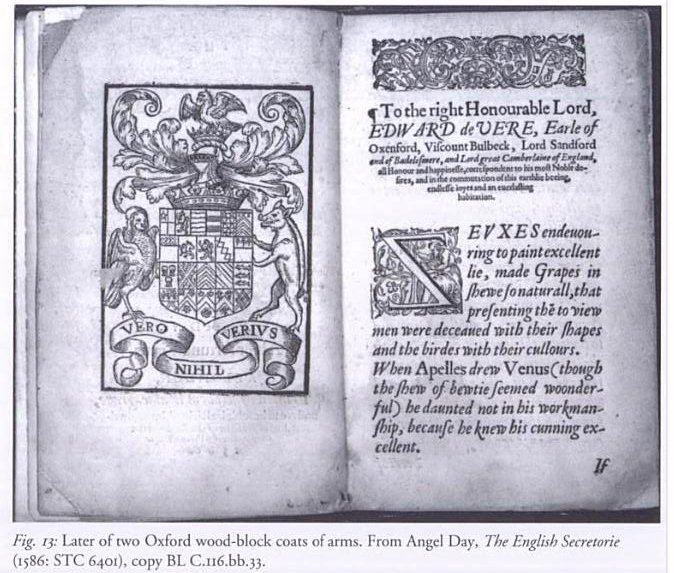


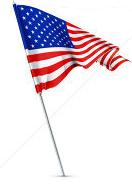

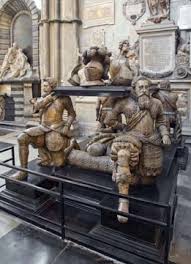
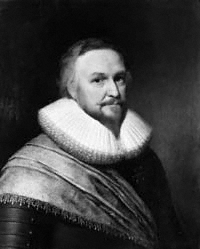
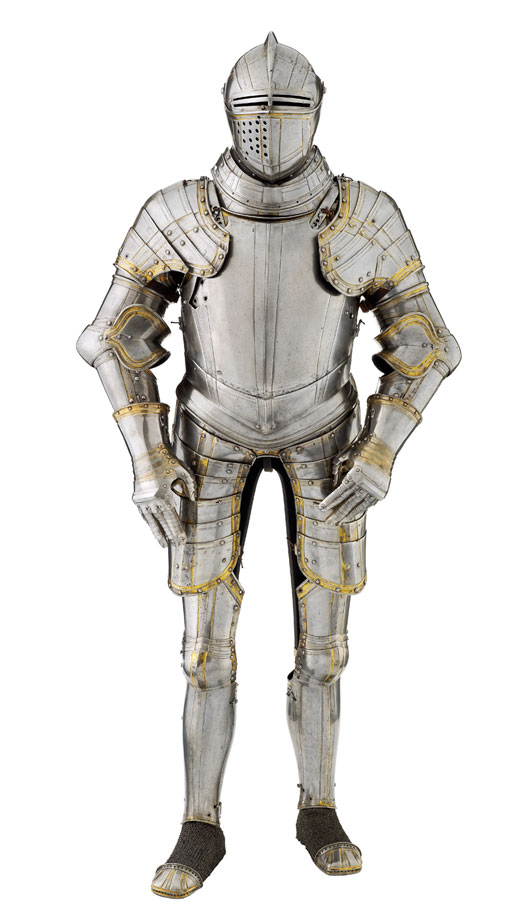
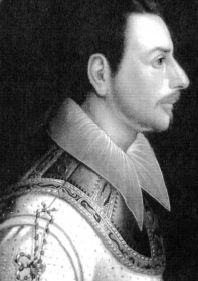
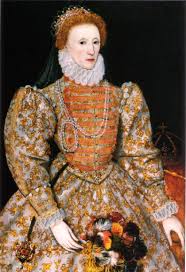
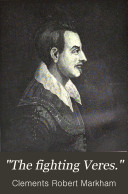 Dogs of War
Dogs of War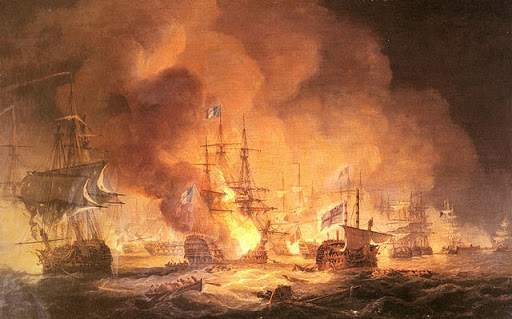

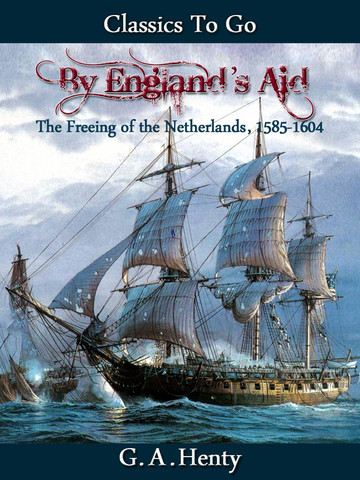
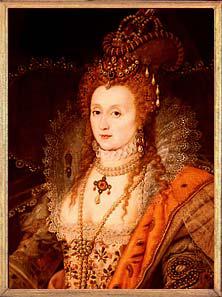

.jpg) Sir Francis Vere
Sir Francis Vere

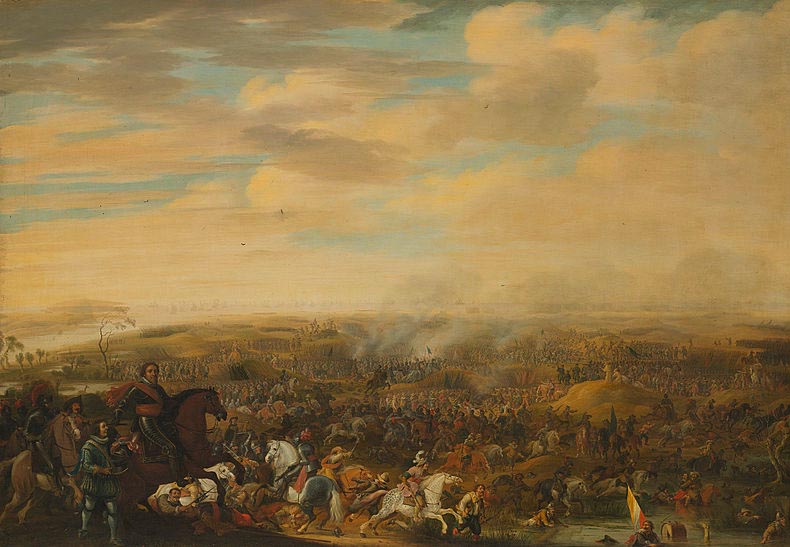
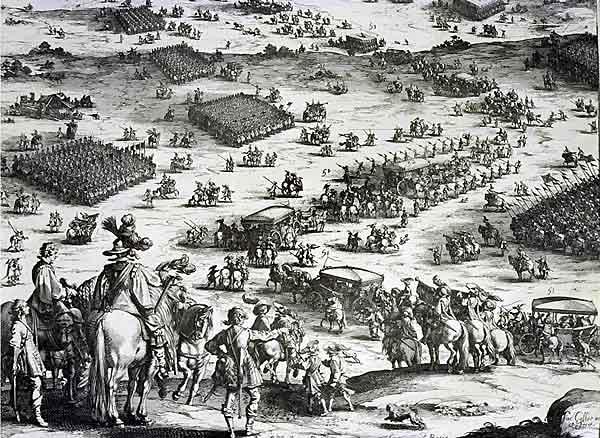
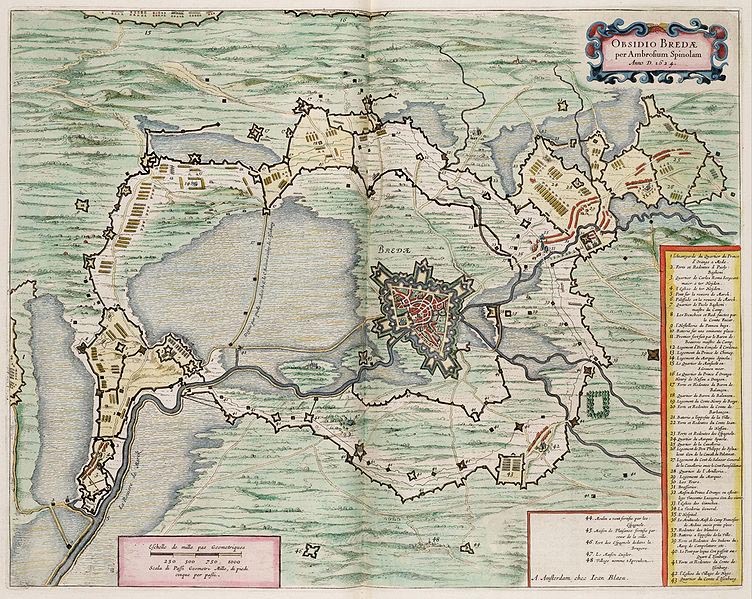
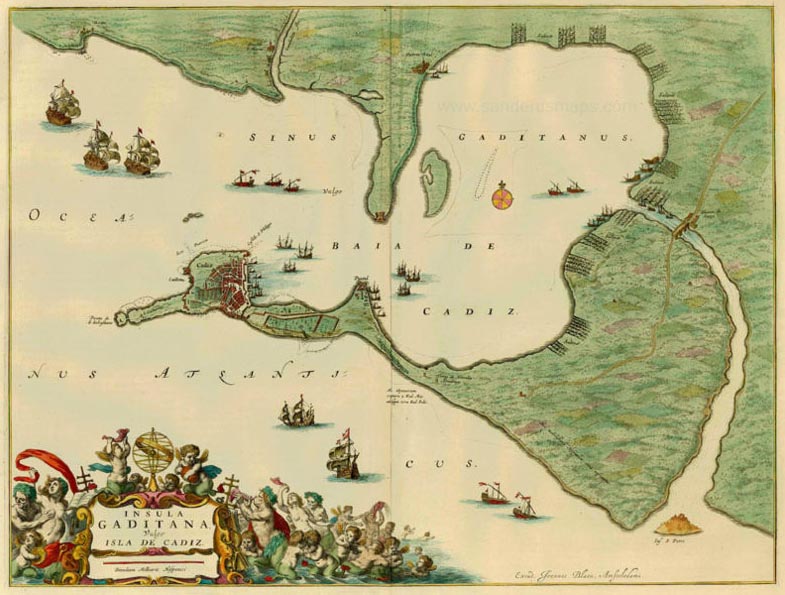
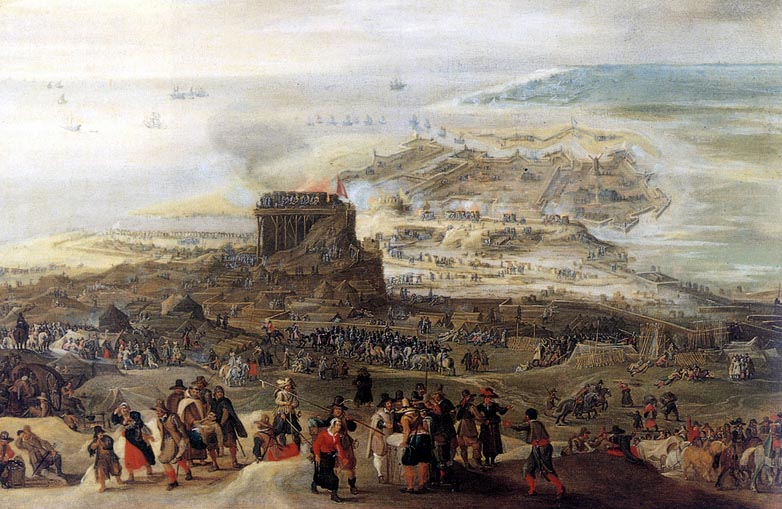
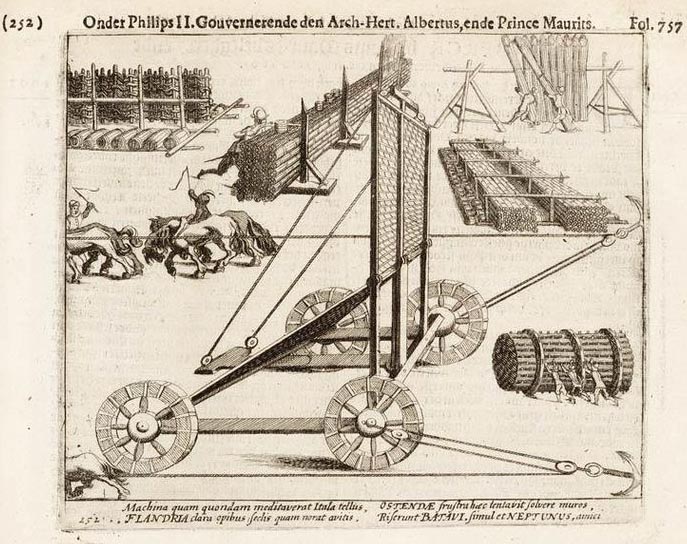
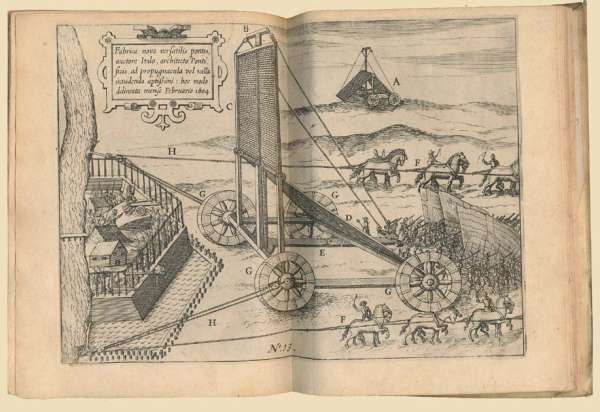
 by Spanish troops.jpg)
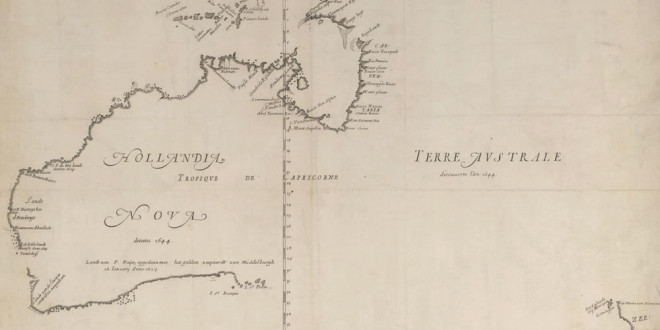
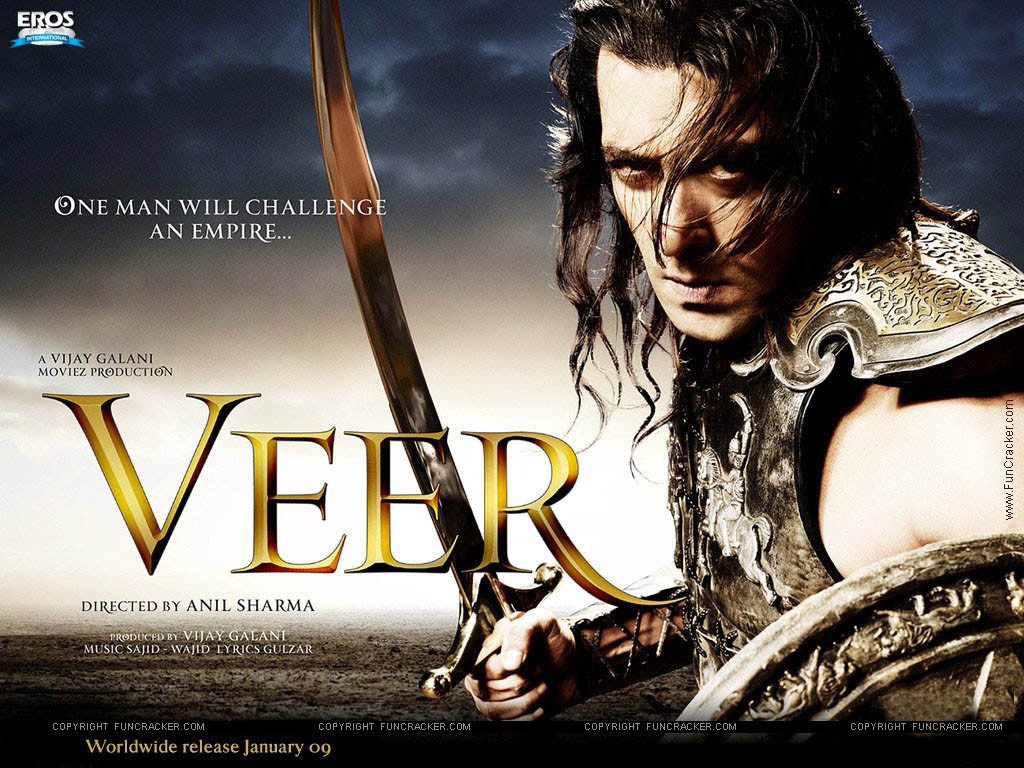

.jpg)

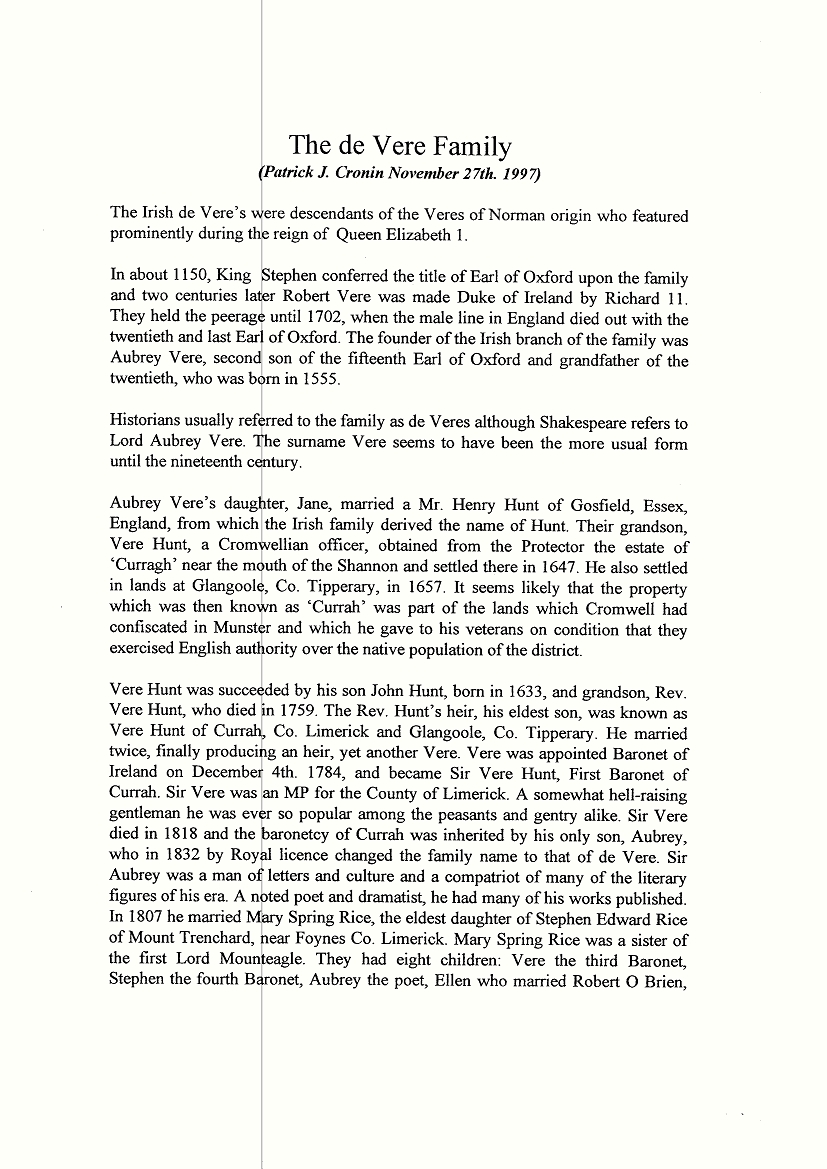
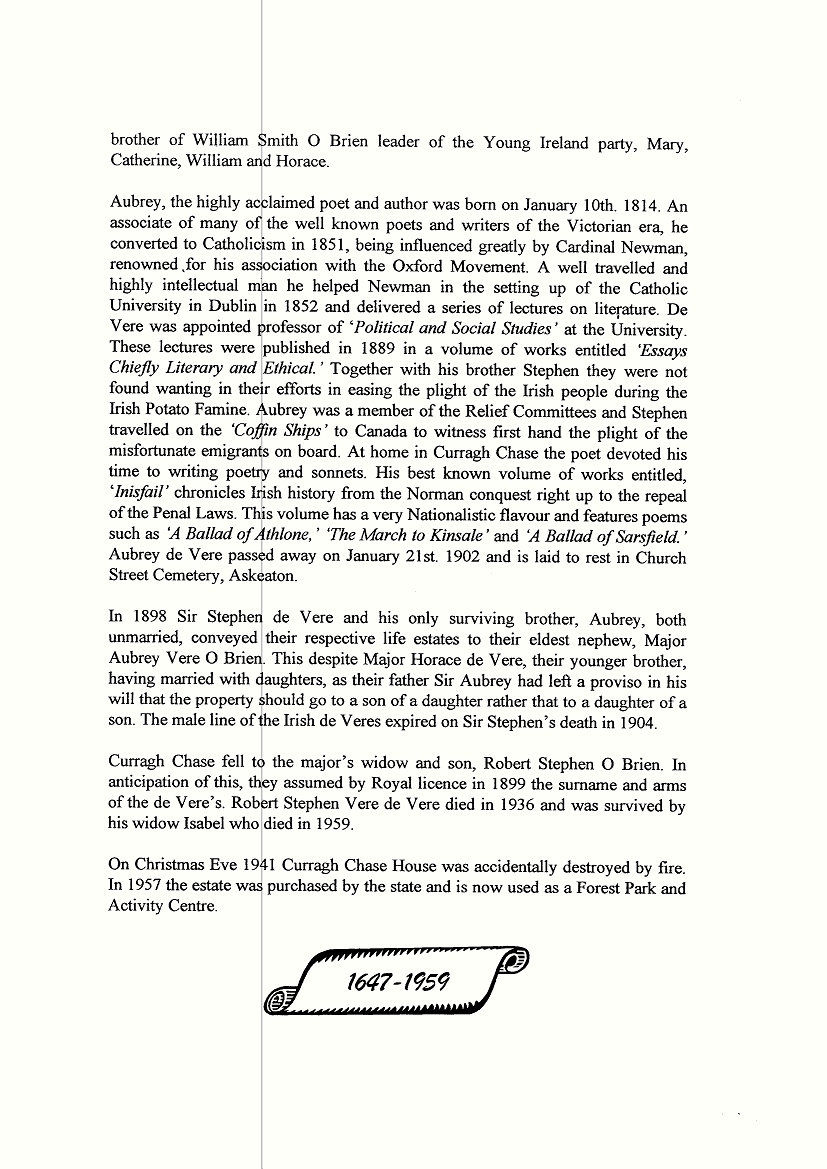
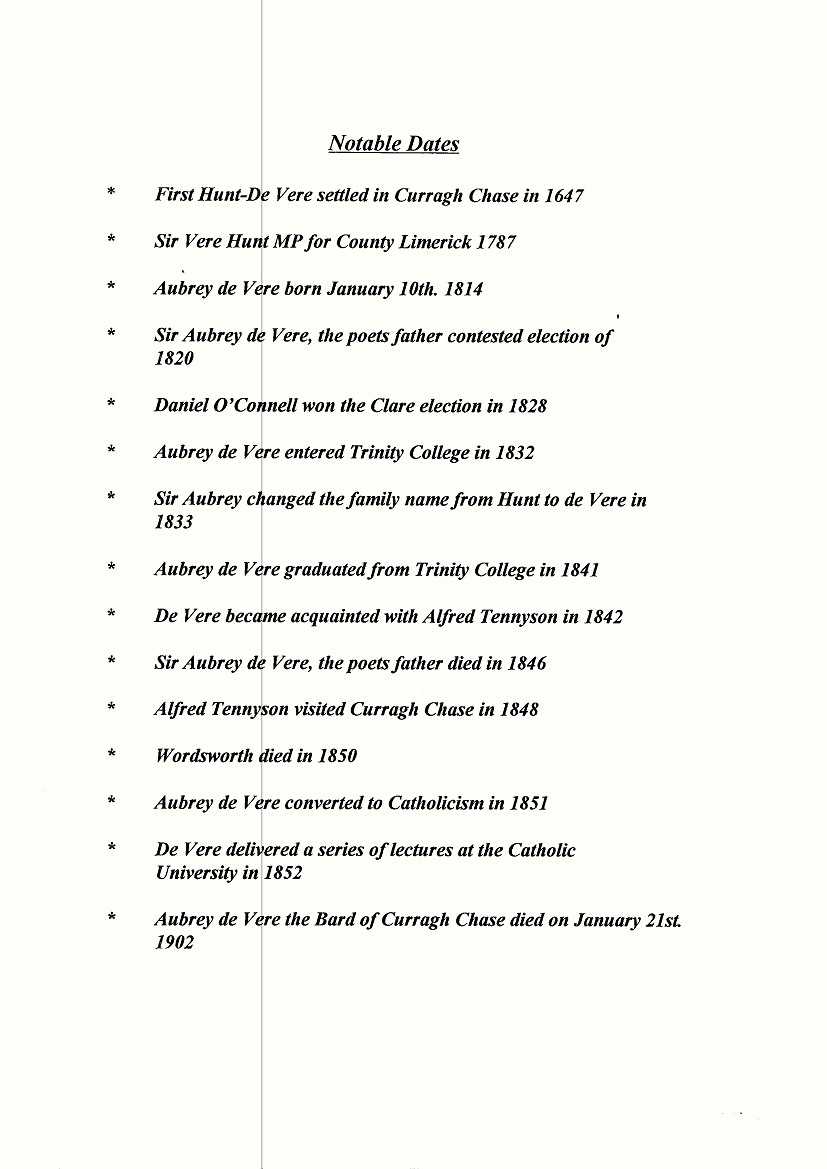
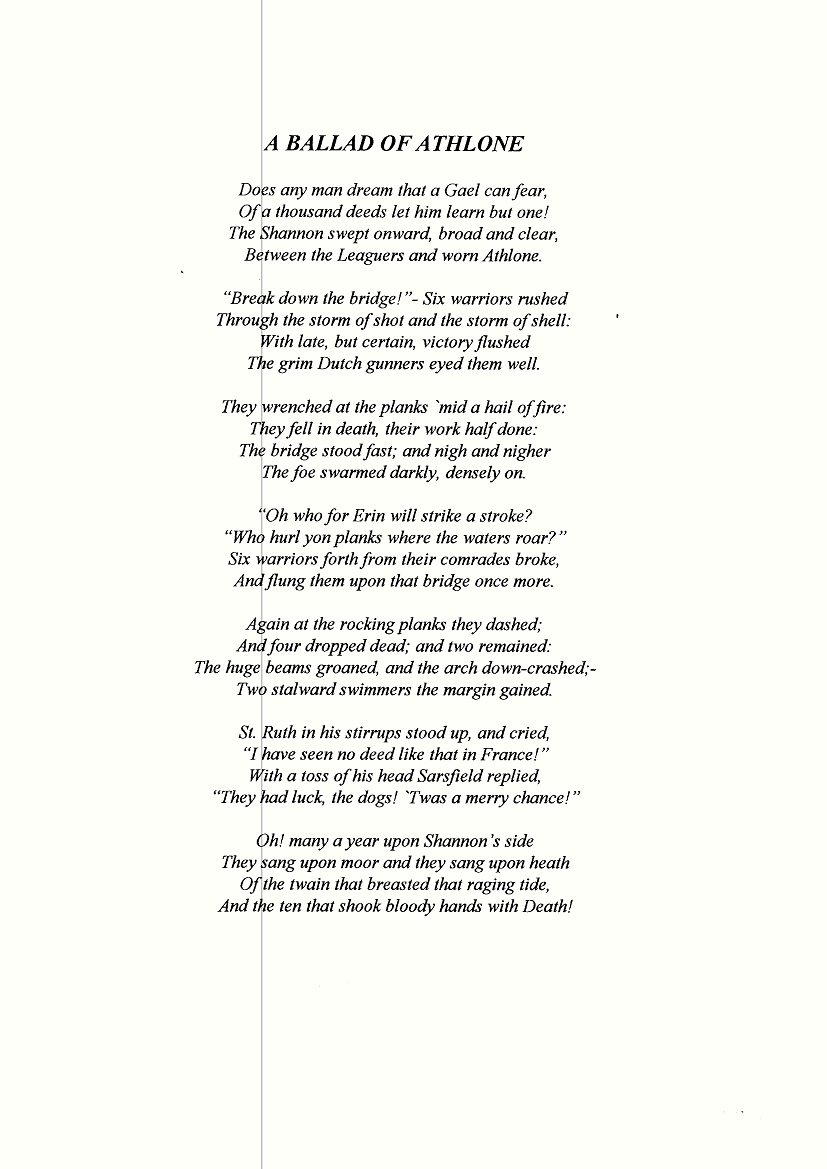
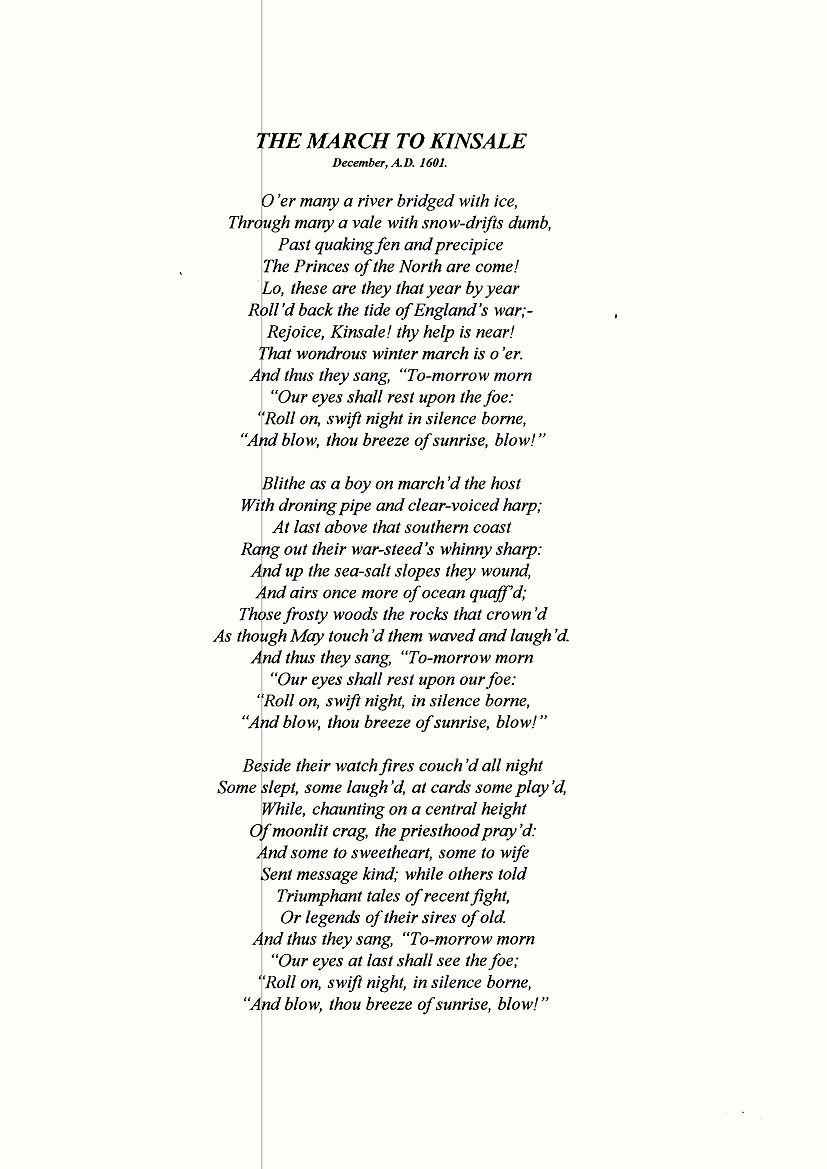
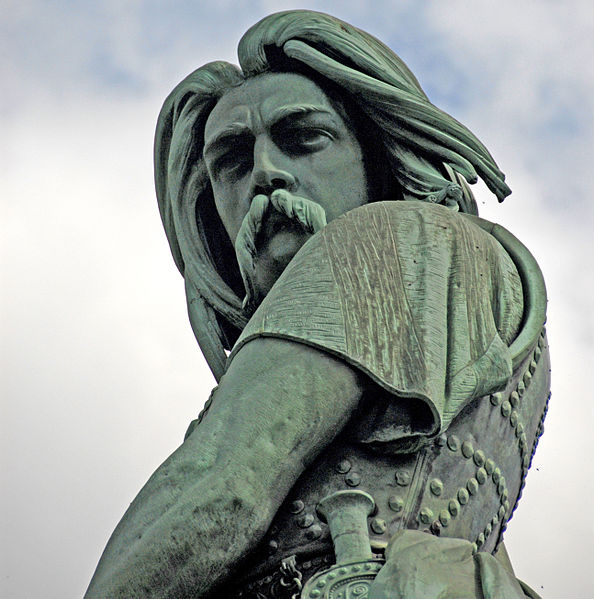

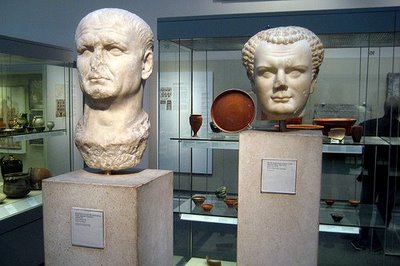
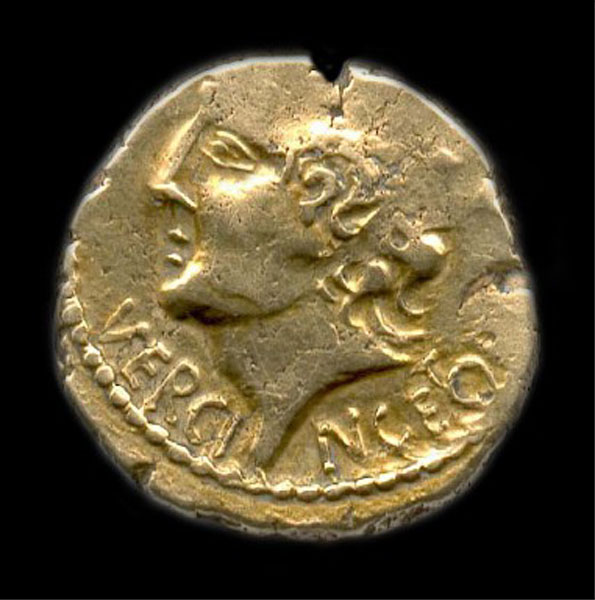
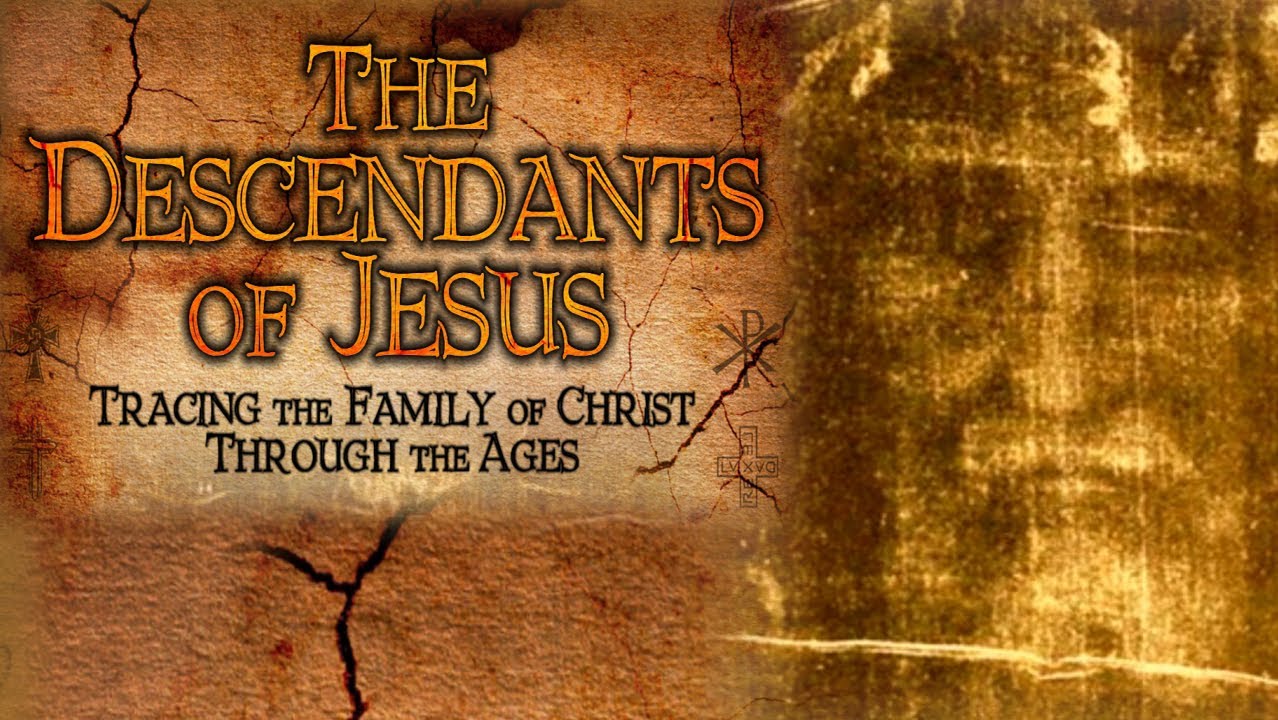
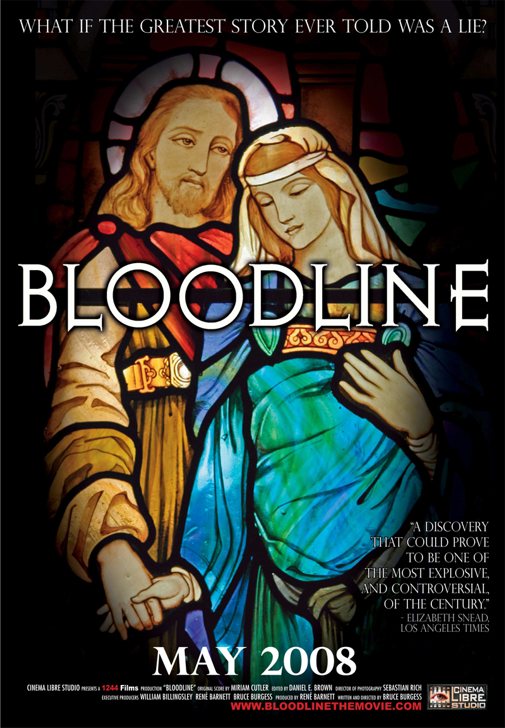
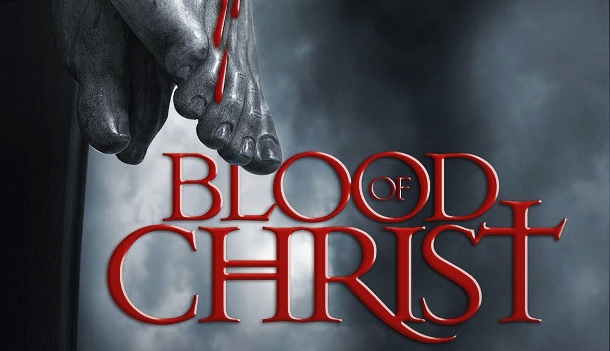
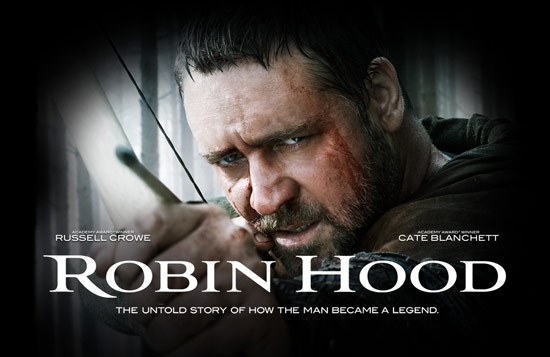

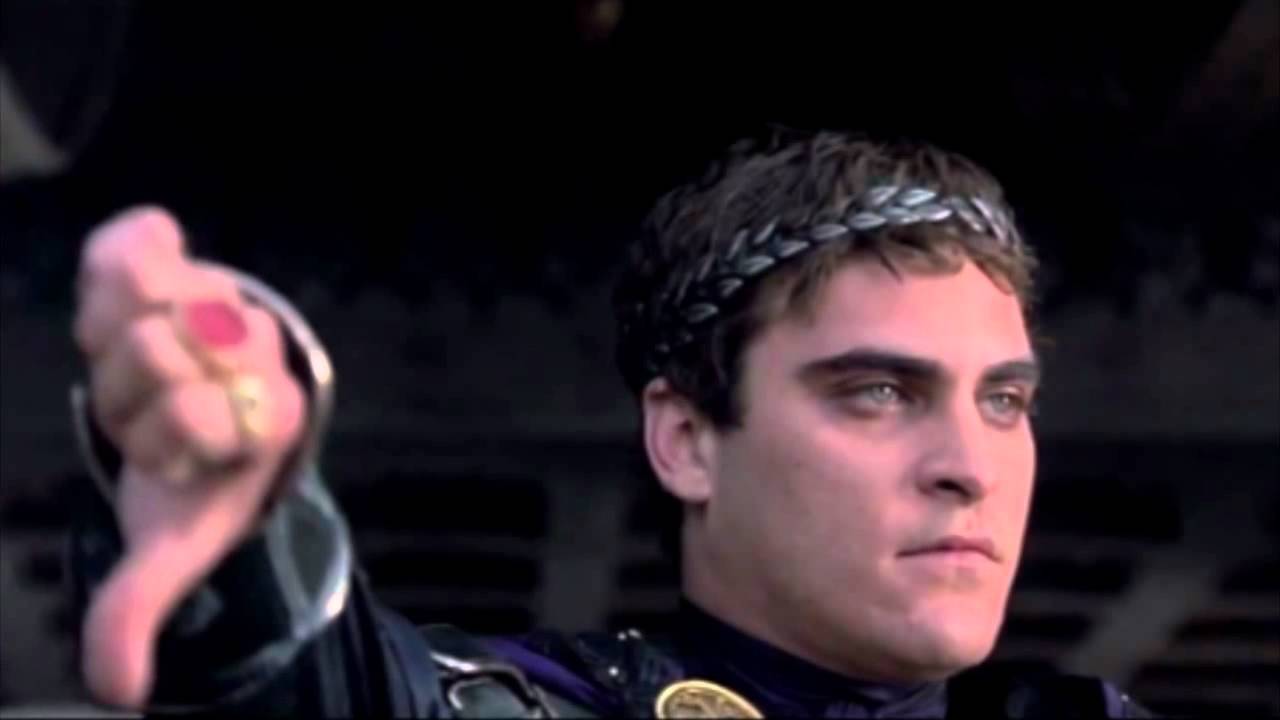
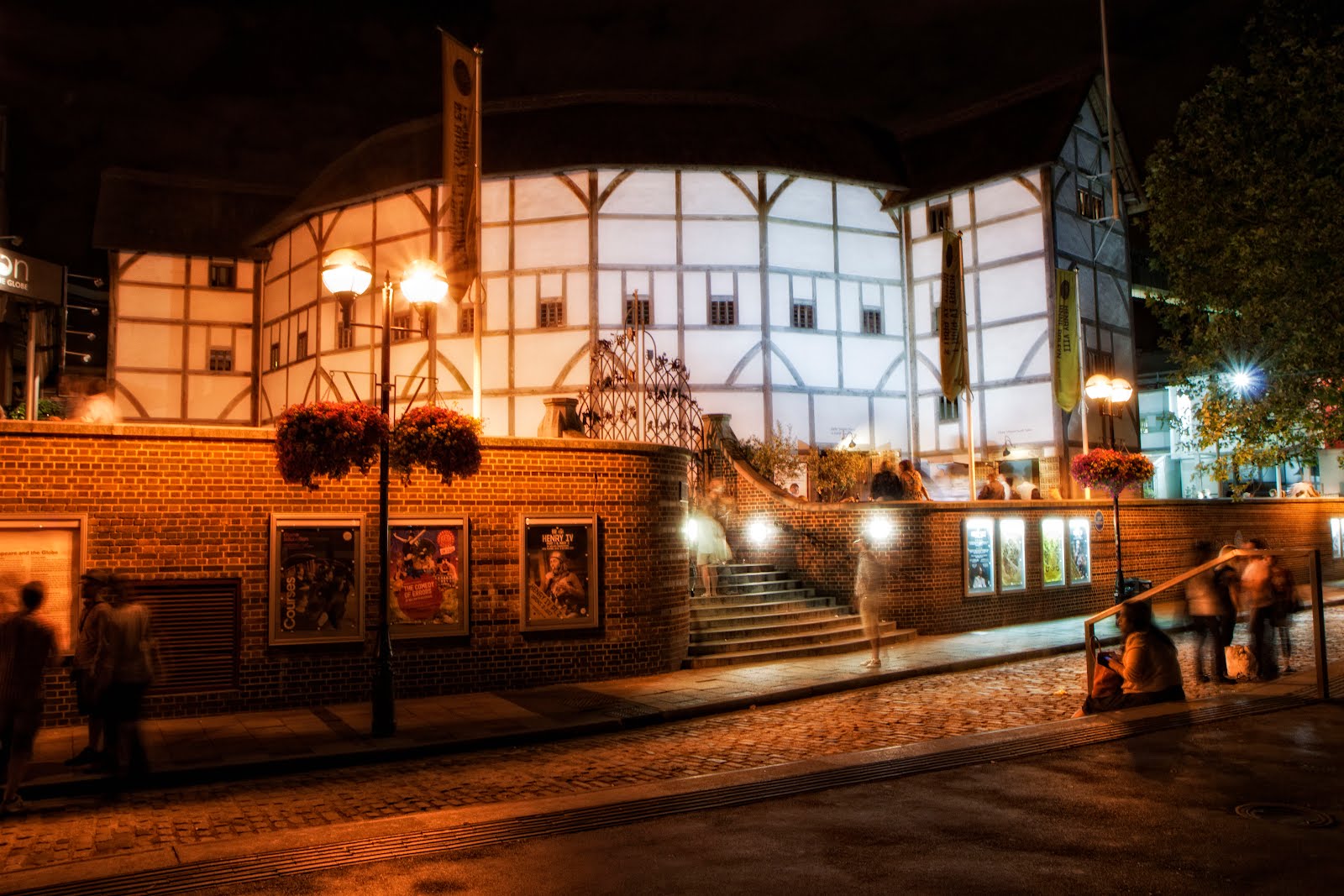


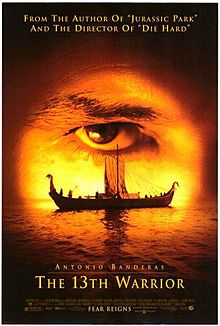
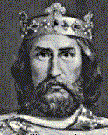

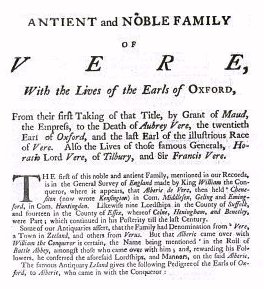

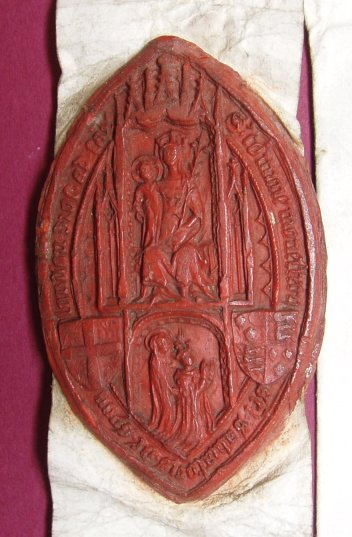
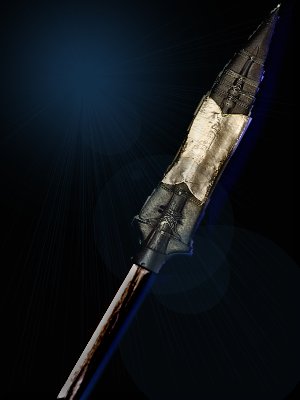
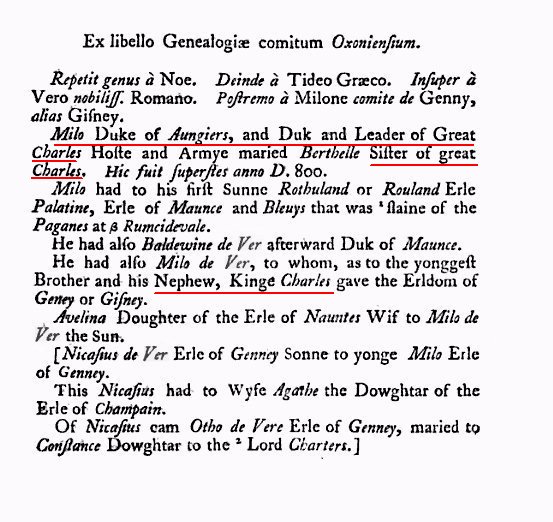
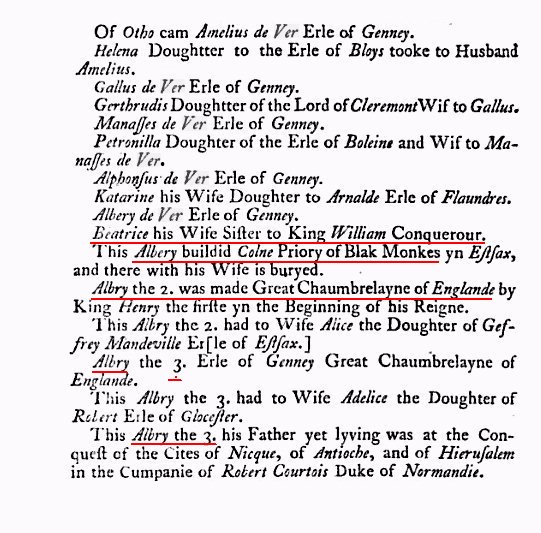
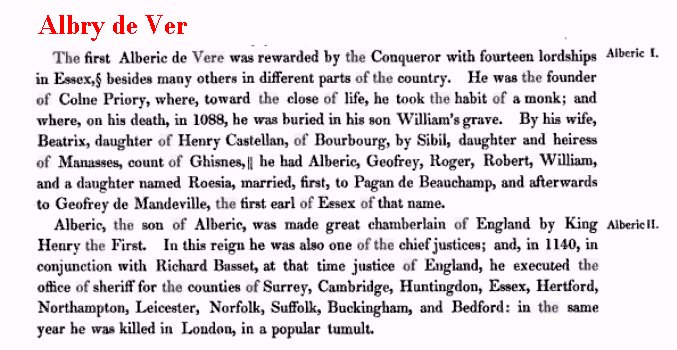
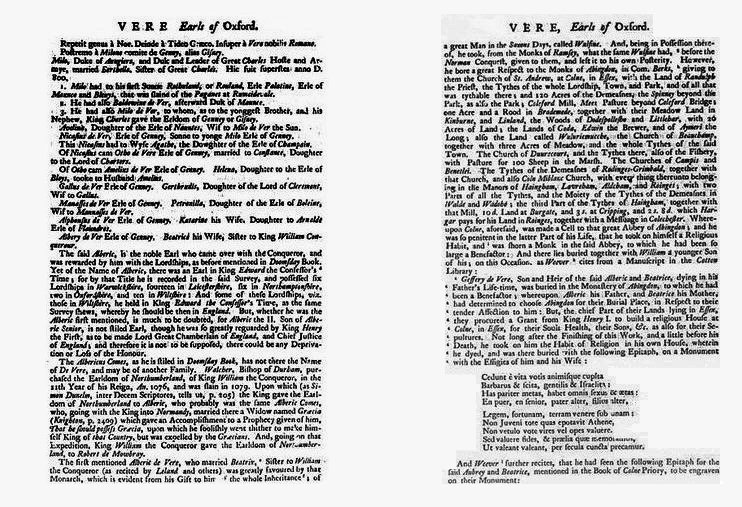

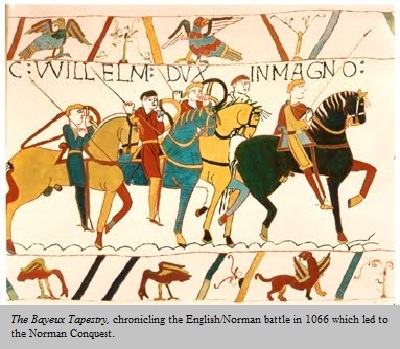
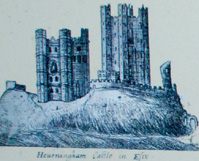
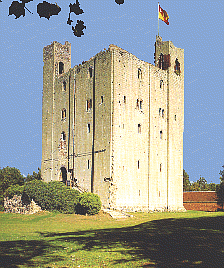
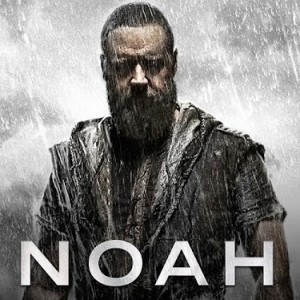

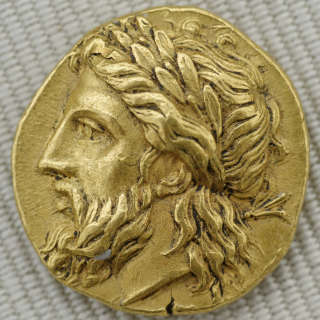

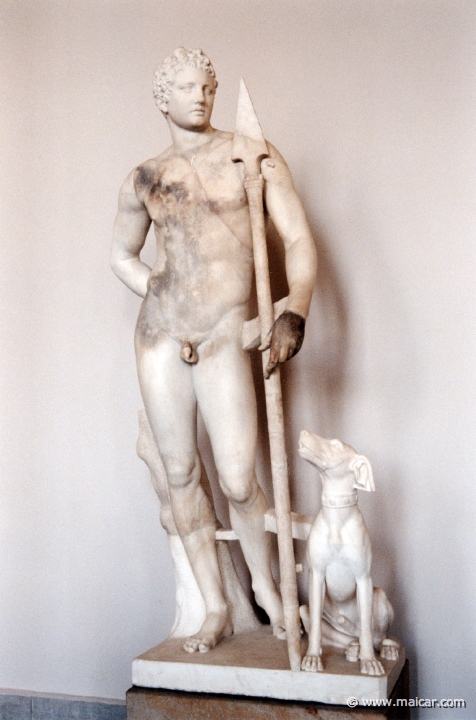
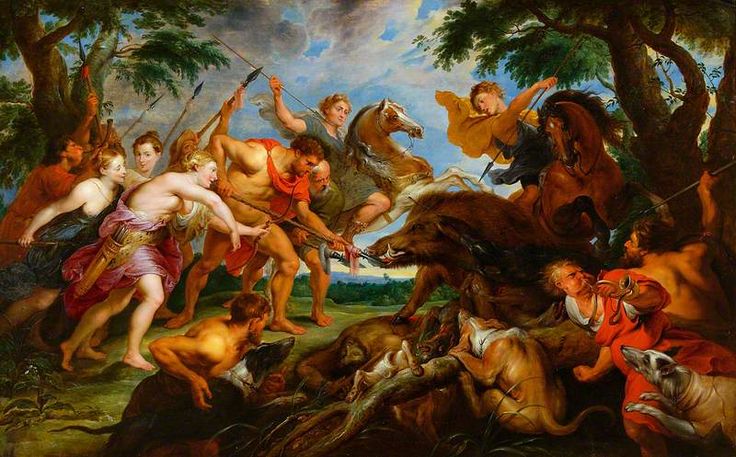
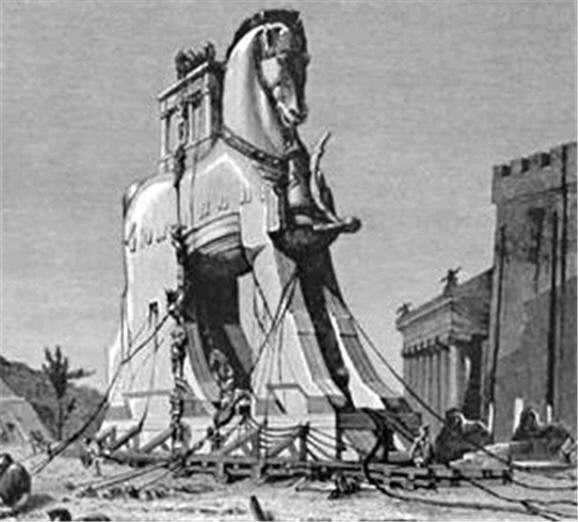

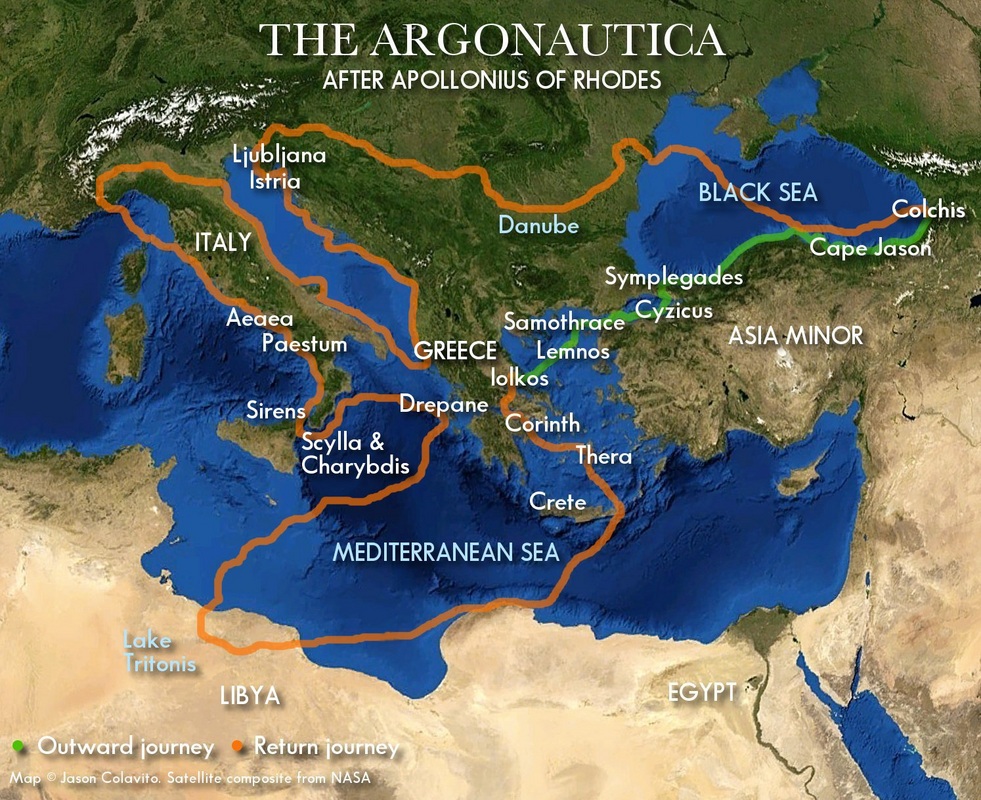
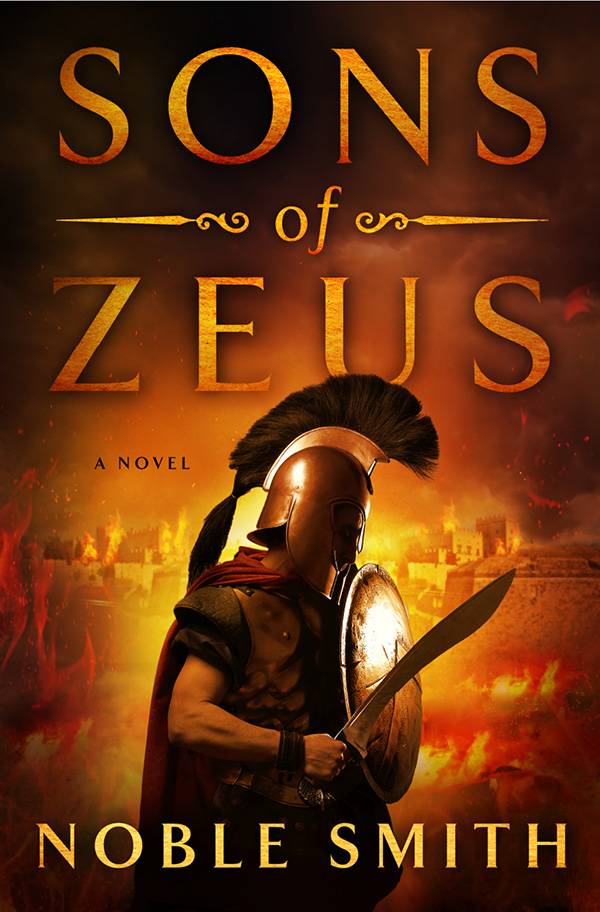
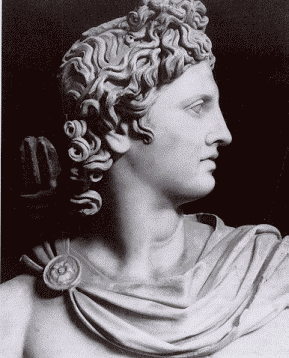 Apollo son of
Apollo son of 